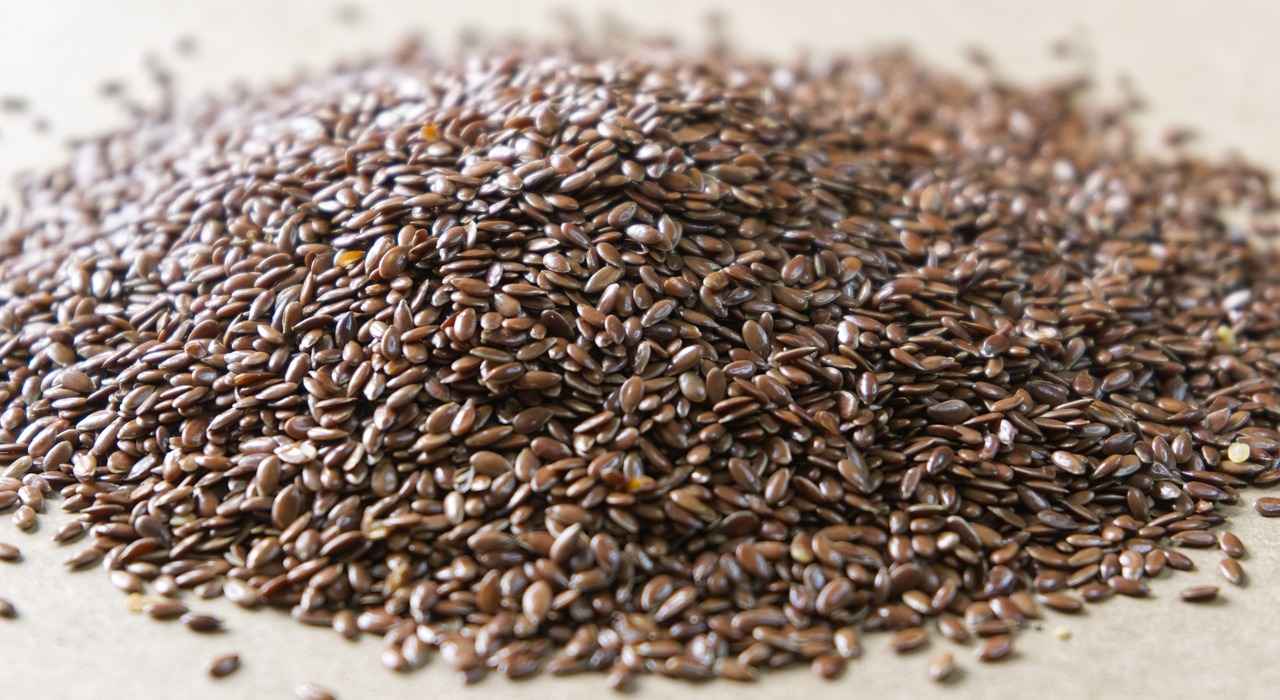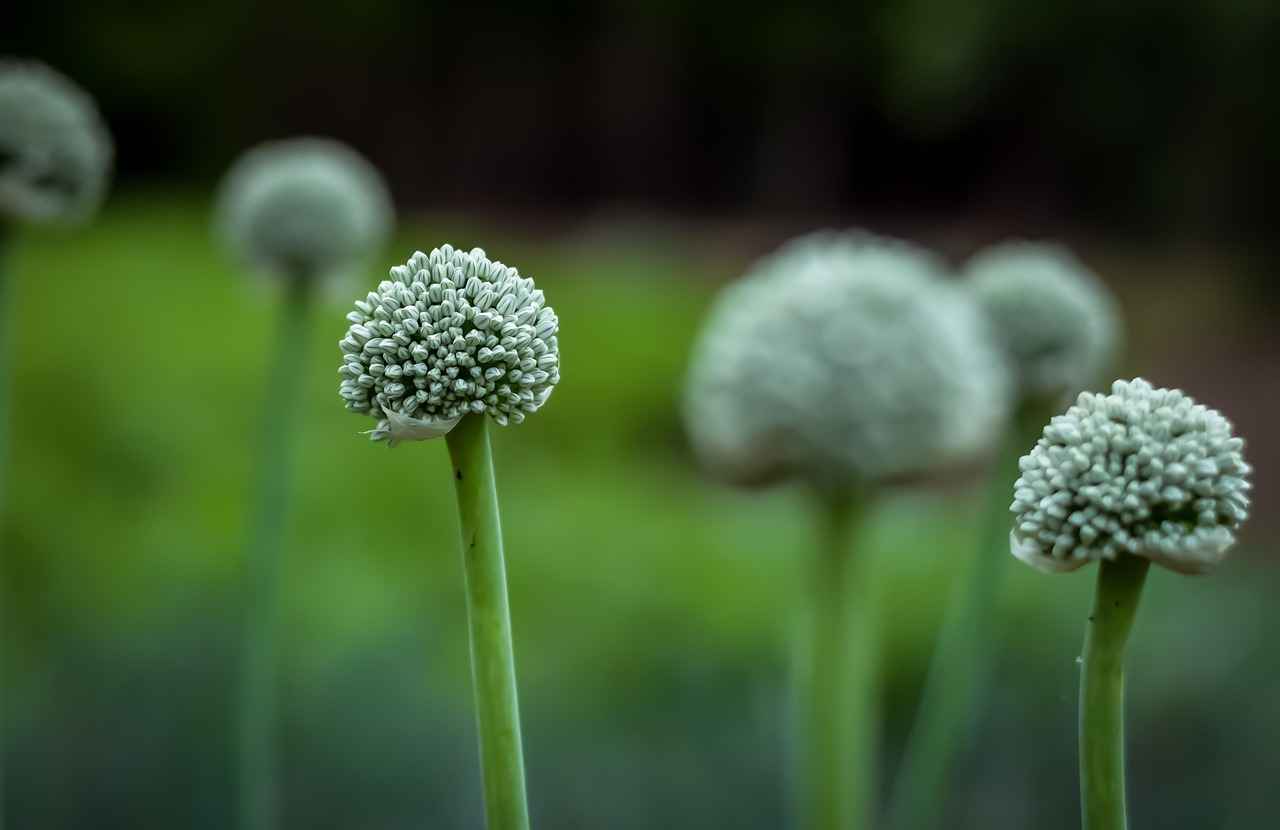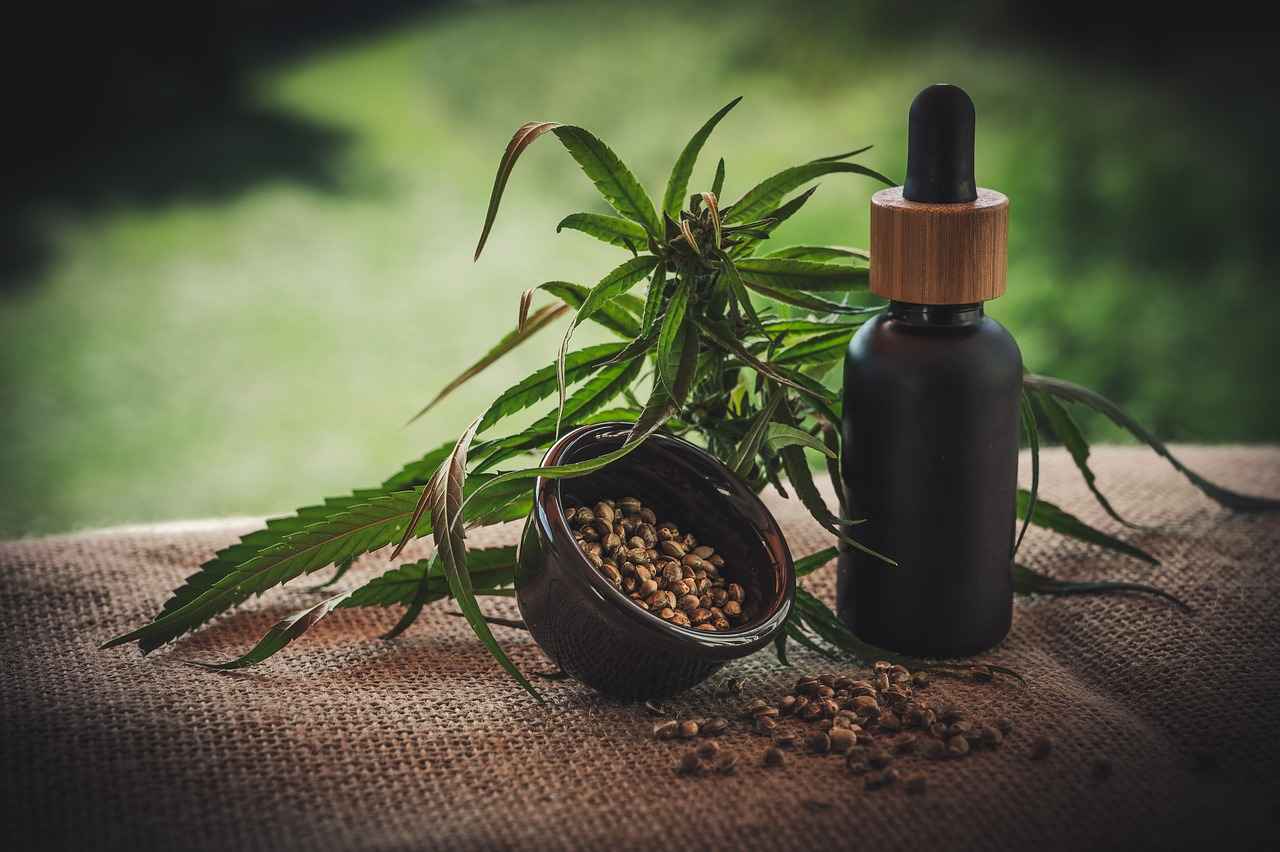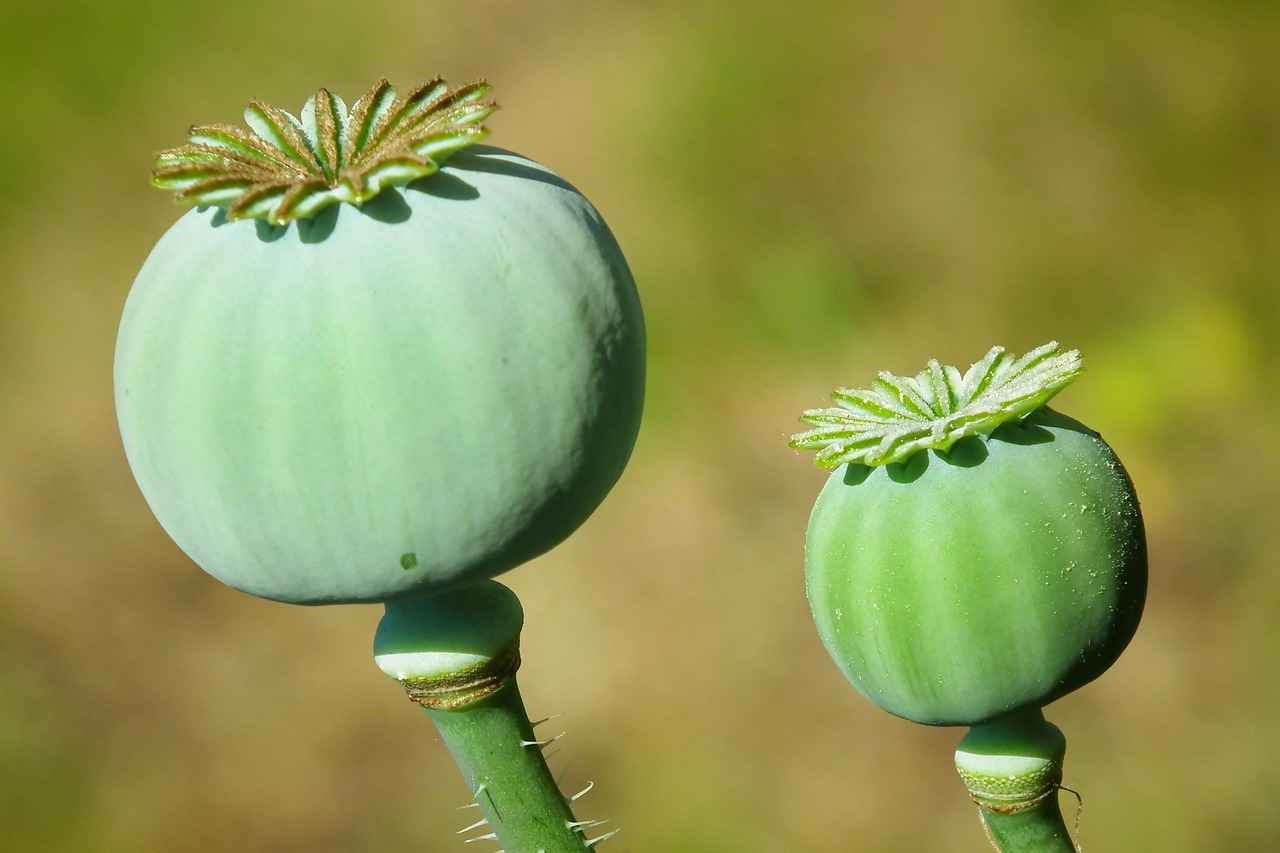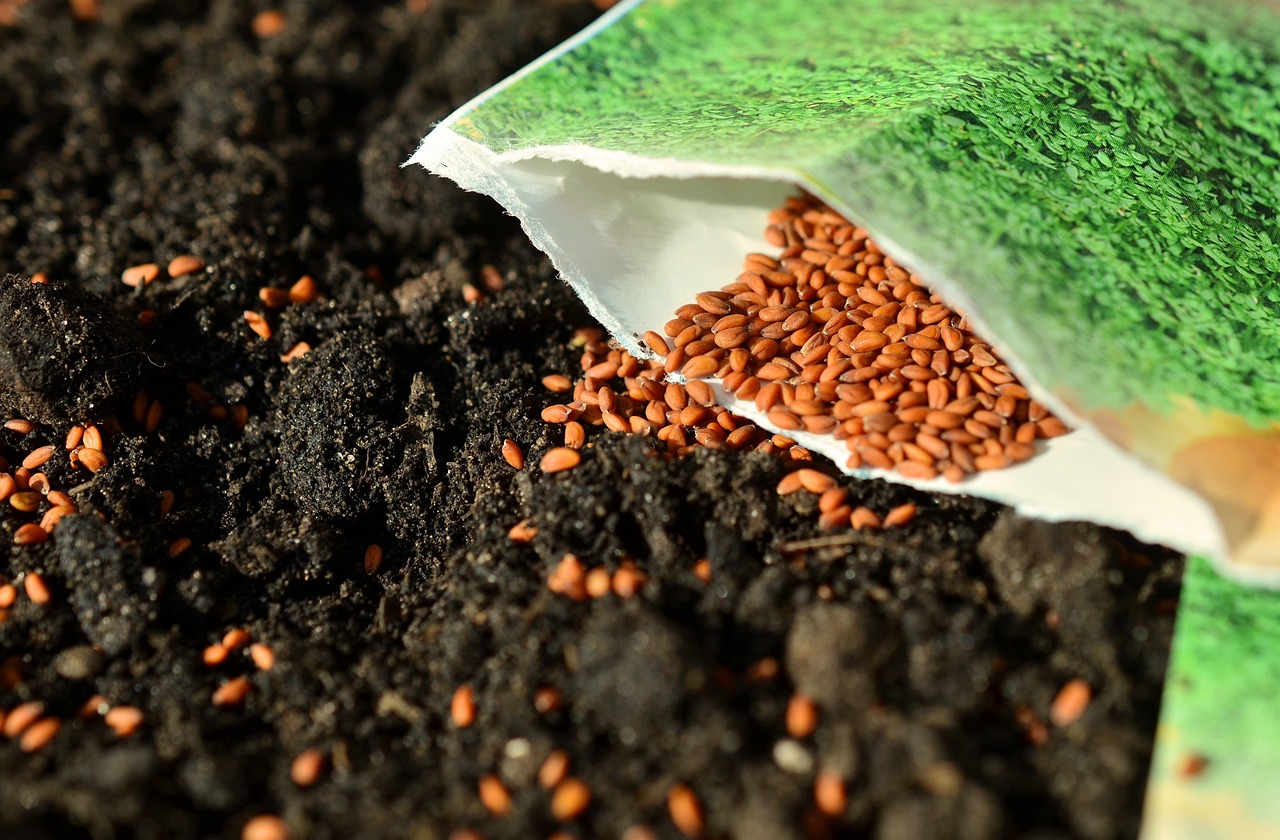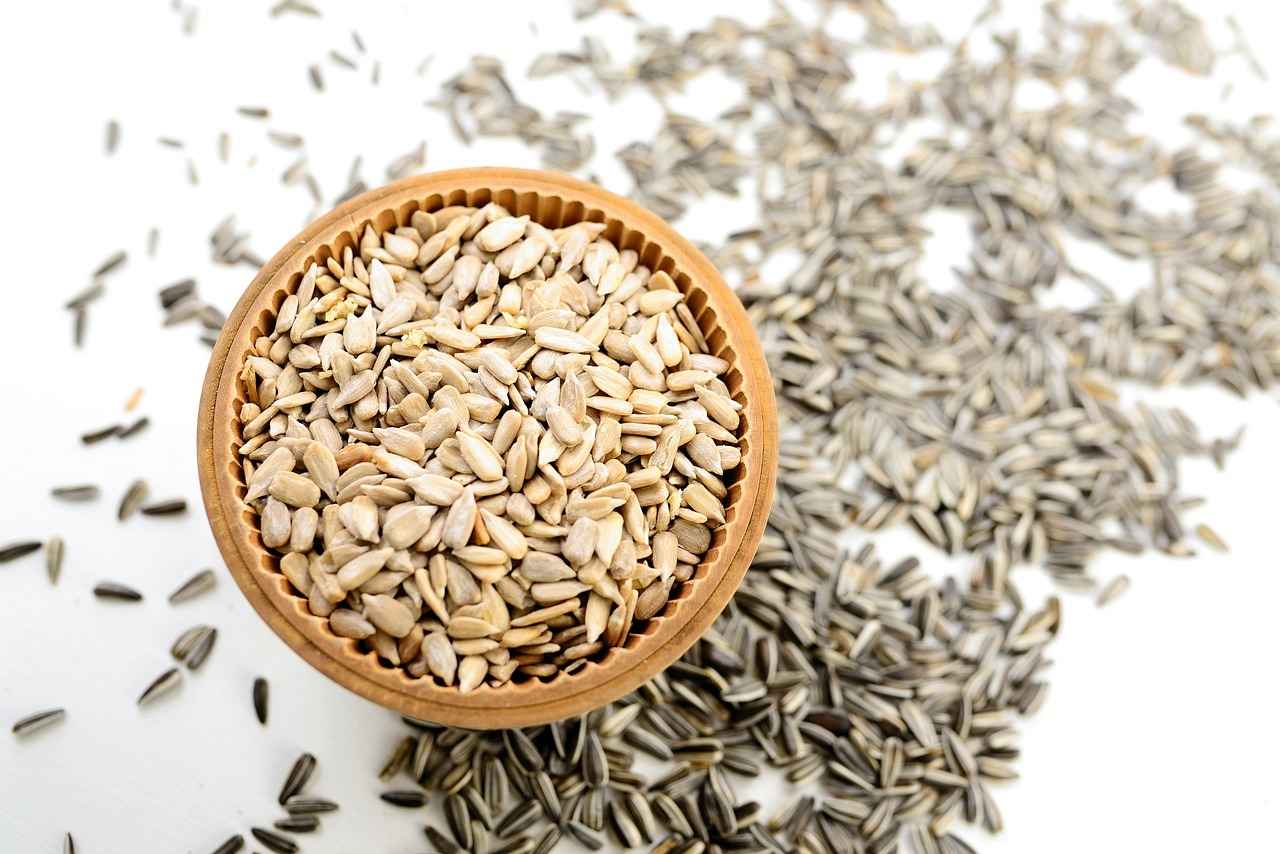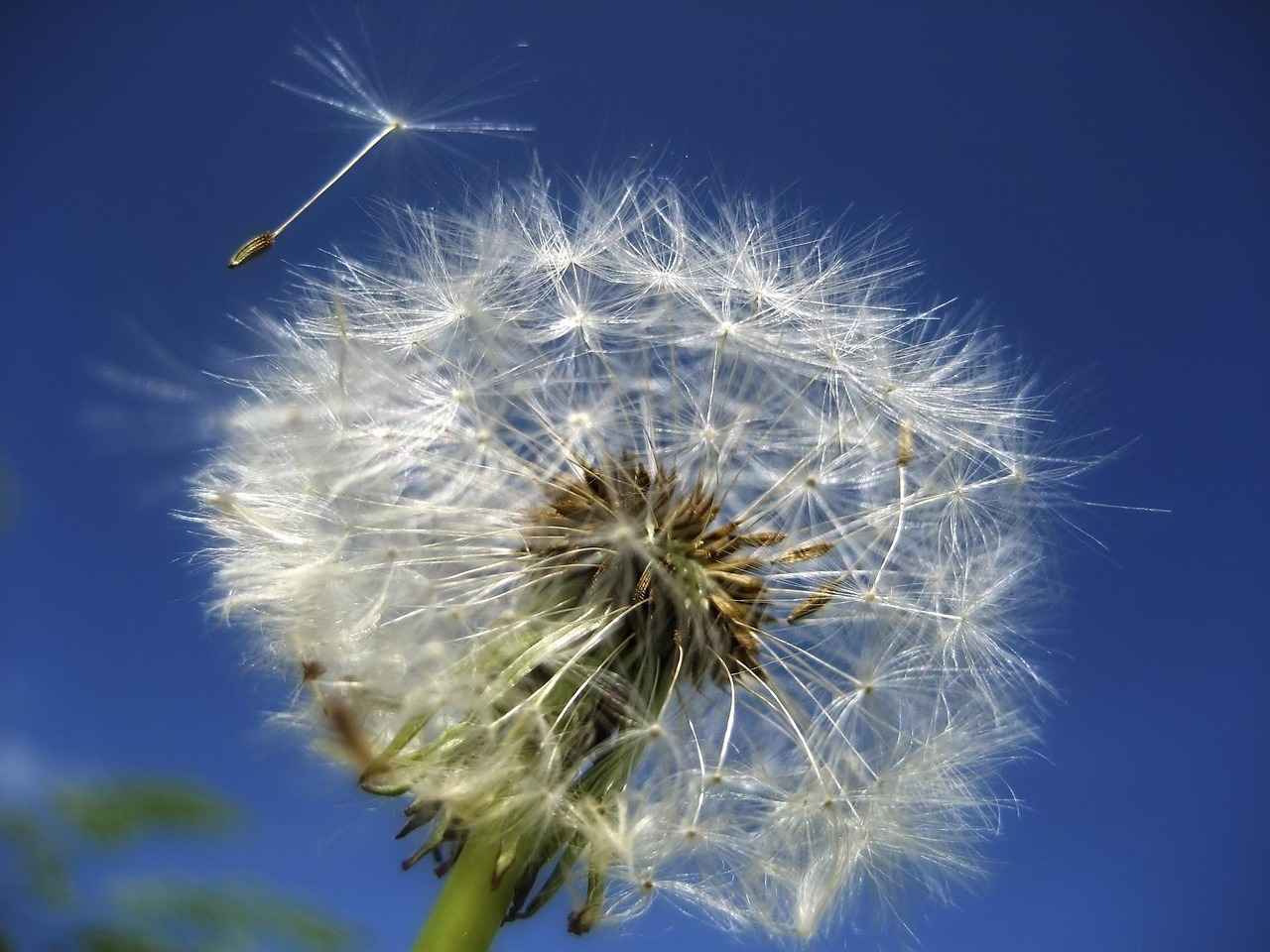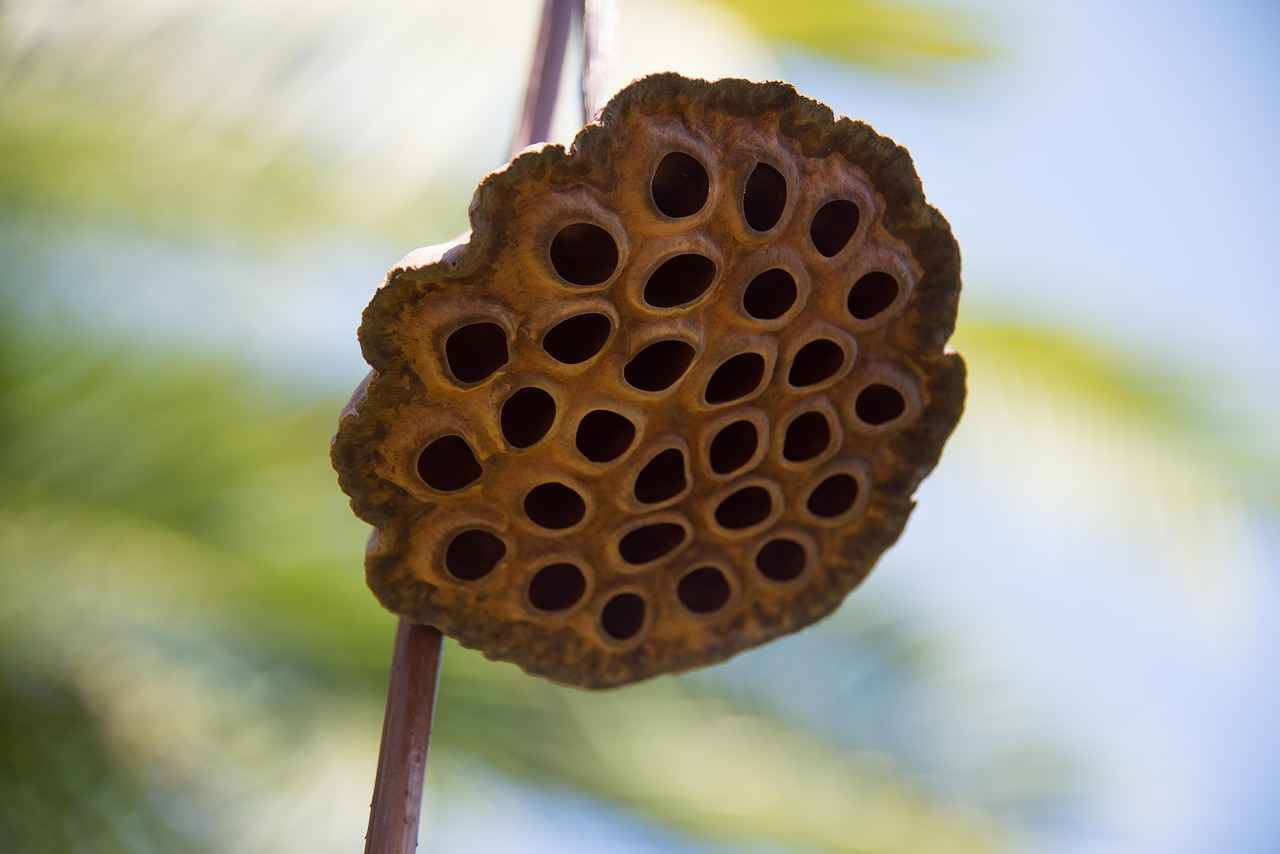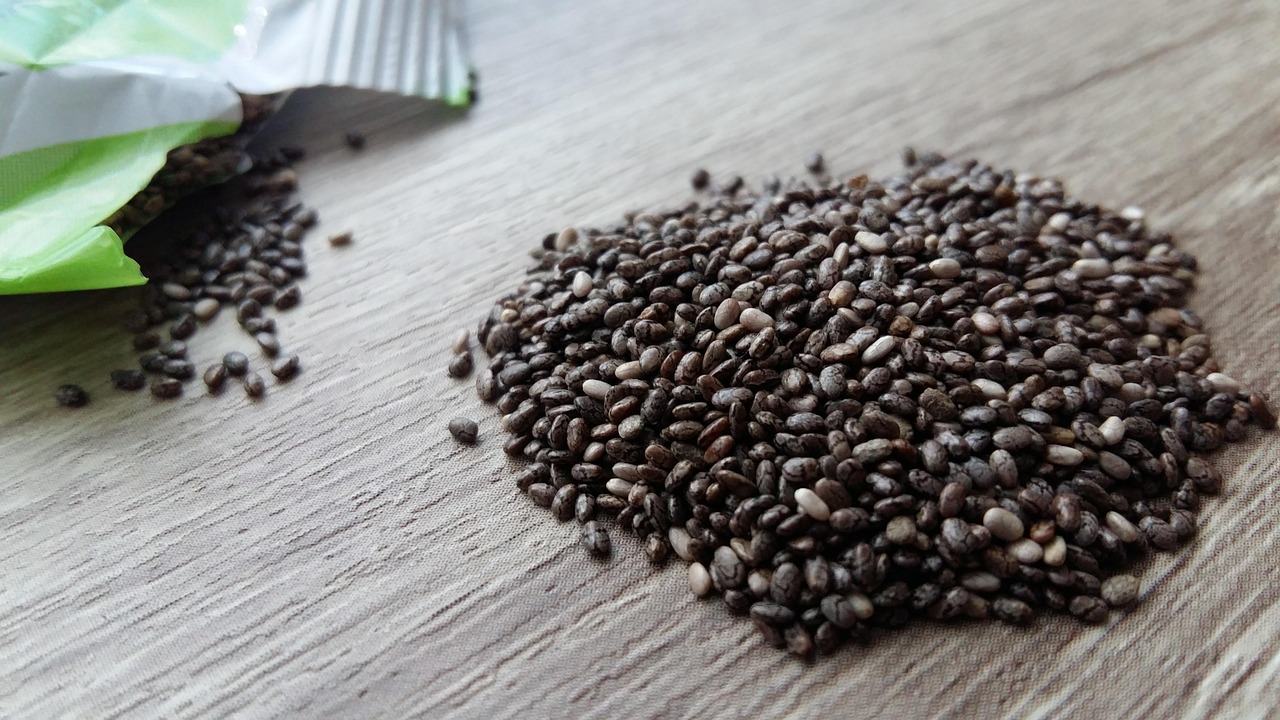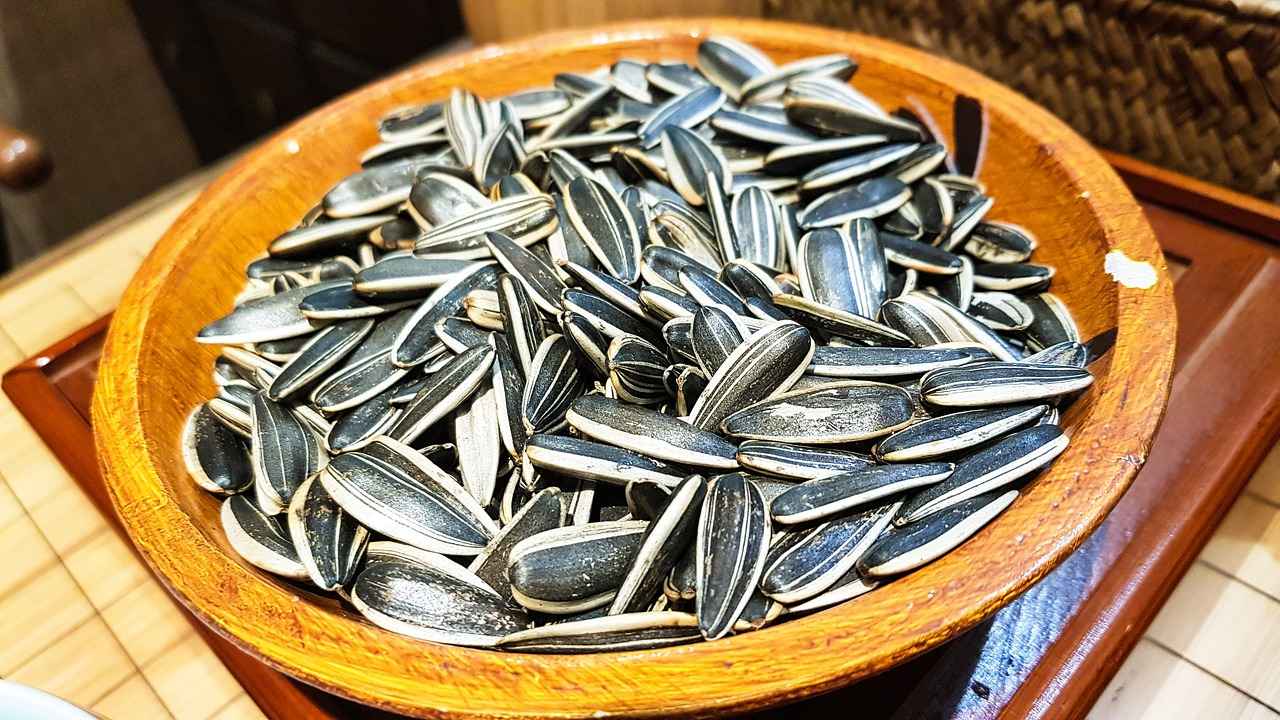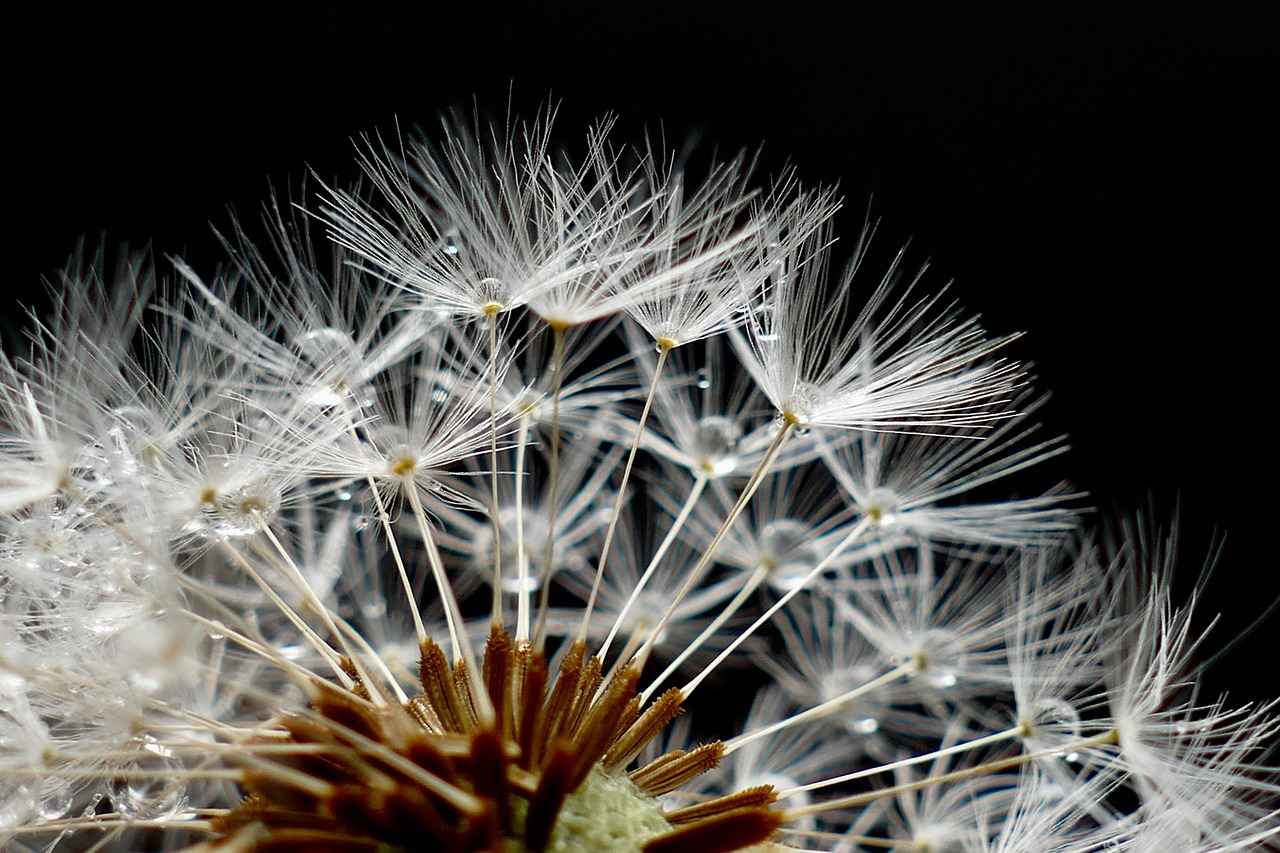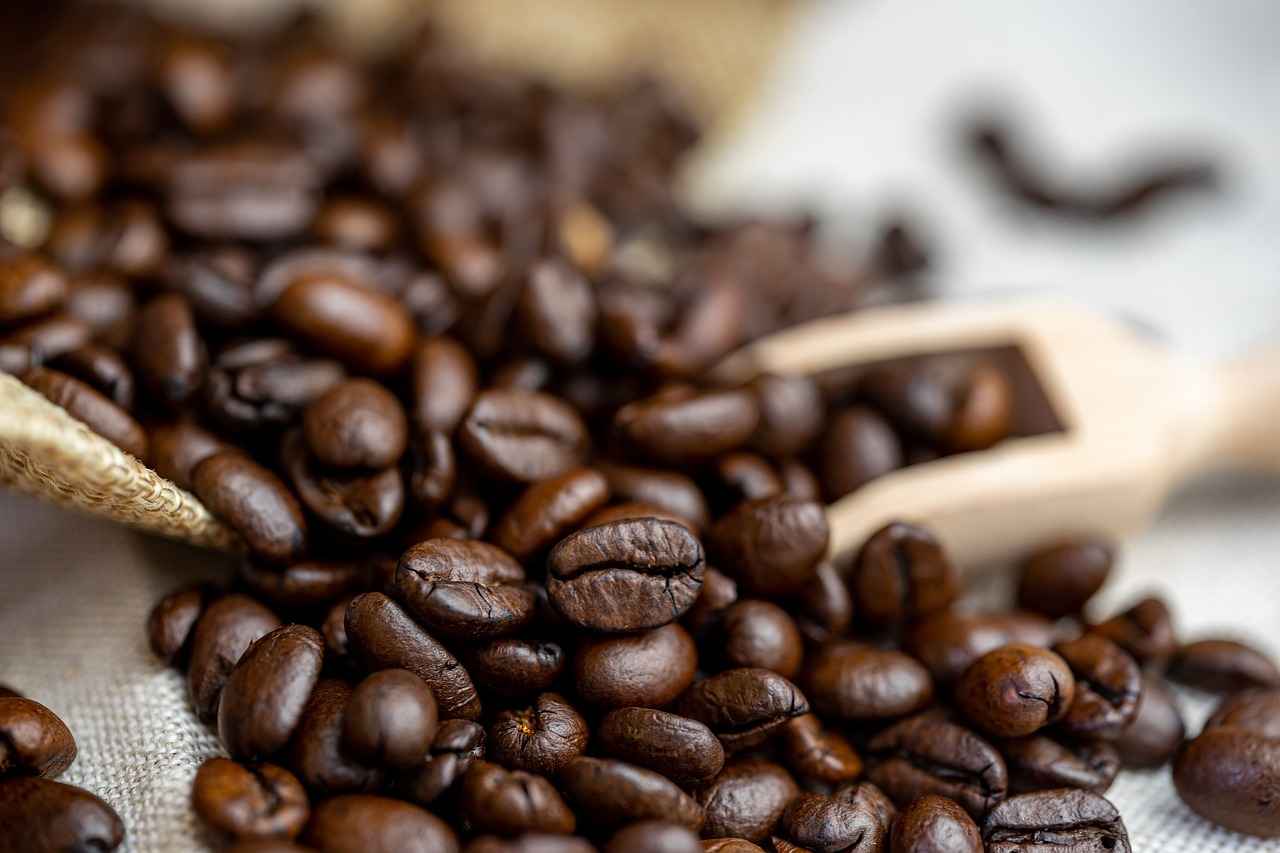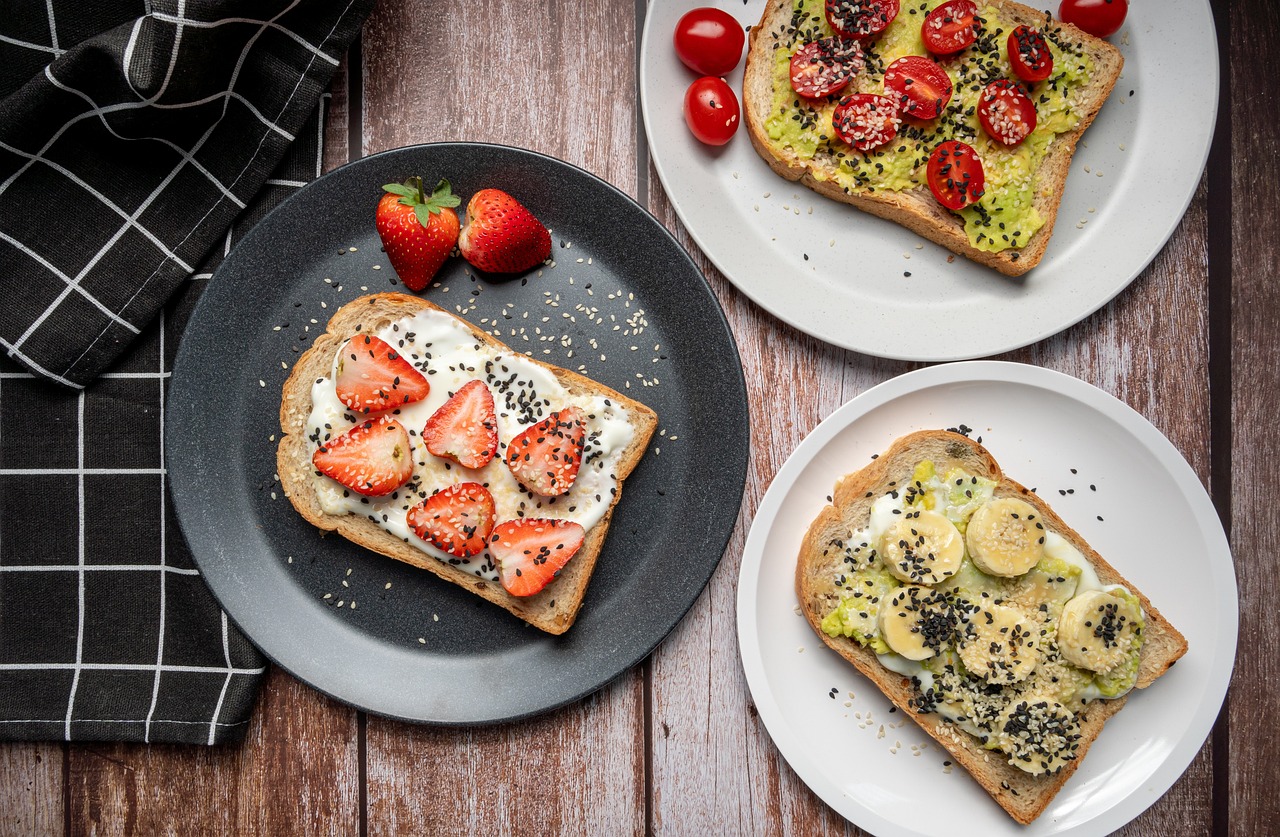Chia seeds, known for their incredible health benefits, have become a popular addition to many diets. However, understanding their shelf life, signs of spoilage, and optimal storage methods is essential to ensure you reap their full nutritional value. This article delves into these aspects, providing you with the knowledge needed to keep your chia seeds fresh and safe for consumption.
Chia seeds have an impressive shelf life that can extend up to two years when stored properly. This longevity is primarily due to their low moisture content and high antioxidant levels, which help prevent spoilage. Always check the packaging for a best by date to ensure freshness.
Identifying spoilage in chia seeds is crucial for maintaining health. Here are some key indicators:
- Rancid Odor: Fresh chia seeds should have a neutral, nutty aroma. A rancid smell indicates that they have gone bad.
- Mold: The presence of mold is a clear sign of spoilage. Always discard seeds that show any signs of mold.
- Discoloration: If the seeds have changed color from their usual dark brown or black, it’s best to throw them out.
Once opened, chia seeds can last up to two years if stored correctly. To maximize their shelf life, keep them in an airtight container and store them in a cool, dry place away from direct sunlight.
Proper storage is vital for prolonging the shelf life of chia seeds. Here are some effective methods:
- Optimal Storage Conditions: Store chia seeds in a cool, dark place. Avoid exposure to heat and light, which can degrade their quality.
- Using Airtight Containers: Airtight containers help prevent moisture and air from degrading chia seeds. Consider using glass jars or vacuum-sealed bags.
Yes, refrigeration and freezing are excellent options for storing chia seeds, especially if you buy in bulk. Both methods can significantly extend their shelf life while maintaining their nutritional integrity.
Incorporating fresh chia seeds into your meals can enhance your nutritional intake. Here are some creative ways to add them to your diet:
- Chia Seed Pudding: Mix chia seeds with milk or plant-based alternatives to create a delicious and healthy pudding.
- Adding to Smoothies: Blend chia seeds into your favorite smoothies for an added nutrient boost without altering the flavor.
Using old chia seeds can pose health risks, including digestive issues. Consuming rancid seeds can lead to discomfort, making it essential to regularly check for signs of spoilage.
Fresh chia seeds are a powerhouse of nutrients. They are rich in omega-3 fatty acids, fiber, and protein, making them a superfood for health enthusiasts. Here’s a closer look at their benefits:
- Health Benefits of Omega-3 Fatty Acids: These fatty acids support heart health and brain function, contributing to overall well-being.
- High Fiber Content: The fiber in chia seeds promotes digestive health and aids in weight management.
By understanding how to store chia seeds properly and recognizing the signs of spoilage, you can enjoy their numerous health benefits for a long time. Make chia seeds a staple in your pantry, and incorporate them into your meals for a nutritious boost!
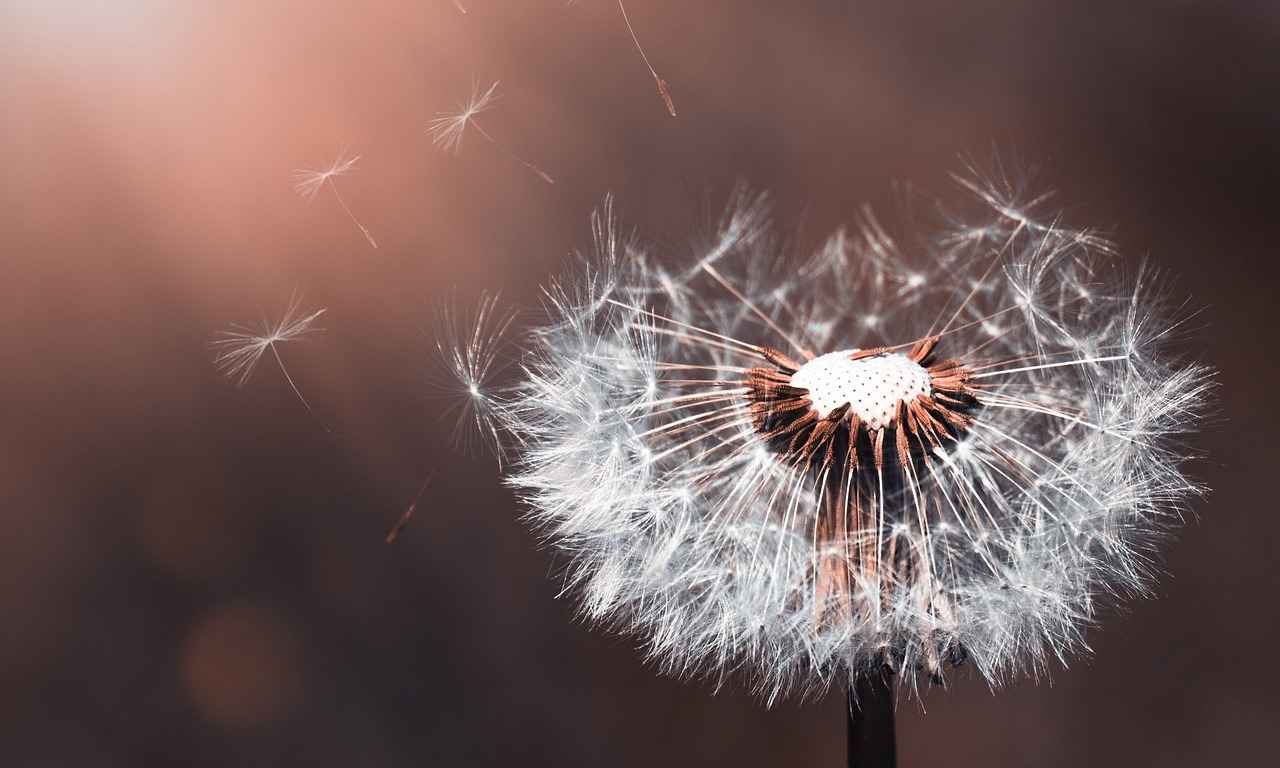
What is the Shelf Life of Chia Seeds?
Chia seeds have gained immense popularity in recent years due to their impressive nutritional profile and versatility in various dishes. One of the most remarkable aspects of chia seeds is their shelf life. When stored properly, these tiny seeds can remain fresh for an extended period, making them a staple in many kitchens.
Chia seeds have a surprisingly long shelf life. When stored correctly, they can last for several years without losing their nutritional quality. This longevity is primarily due to their low moisture content and high antioxidant levels, which help prevent spoilage. Typically, unopened chia seeds can last up to 4-5 years past their expiration date, while opened seeds can remain viable for about 2 years if kept in optimal conditions.
To ensure that your chia seeds maintain their freshness and nutritional benefits, it is essential to store them correctly. Here are some effective storage methods:
- Keep them in a cool, dark place: Storing chia seeds away from light and heat can significantly extend their shelf life. A pantry or cupboard is ideal.
- Use airtight containers: Glass jars or vacuum-sealed bags are excellent choices for preventing moisture and air from degrading the seeds.
- Consider refrigeration: If you live in a particularly warm climate or have opened a large bag of chia seeds, refrigerating them can help prolong their freshness.
While chia seeds have a long shelf life, they can still go bad if not stored properly. It’s important to recognize the signs of spoilage:
- Rancid odor: Fresh chia seeds should have a neutral, nutty aroma. If they smell off or rancid, it’s time to discard them.
- Discoloration: Chia seeds should have a consistent color. If you notice any unusual color changes, it’s best to err on the side of caution.
- Mold: The presence of mold is a clear indicator that the seeds have gone bad and should not be consumed.
Once opened, chia seeds can last up to two years if stored properly. Understanding this can help you manage your pantry effectively and reduce waste.
Fresh chia seeds are packed with nutrients, making them a superfood for health enthusiasts. They are high in omega-3 fatty acids, fiber, and protein. These nutrients contribute to various health benefits, including:
- Heart health: Omega-3 fatty acids support cardiovascular health.
- Digestive health: The high fiber content promotes regularity and aids in weight management.
In conclusion, understanding the shelf life of chia seeds and how to store them properly can help you enjoy their numerous health benefits for years to come. By following these guidelines, you can ensure that your chia seeds remain fresh and nutritious, enhancing your meals and overall well-being.
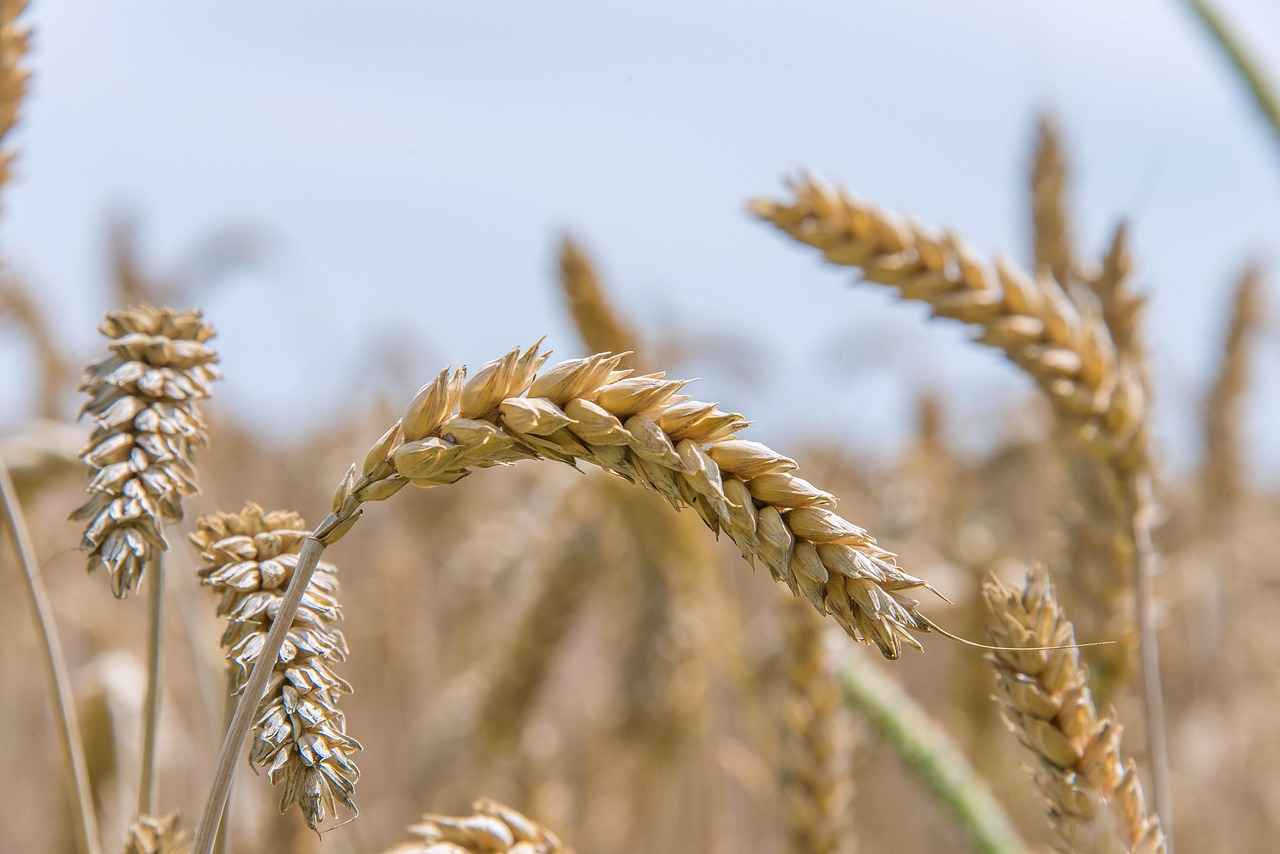
How to Tell if Chia Seeds Have Gone Bad?
Chia seeds are known for their impressive nutritional profile and long shelf life, but like any food product, they can spoil over time. Understanding how to tell if chia seeds have gone bad is essential for maintaining your health and ensuring that you are consuming the best quality seeds. This guide will help you identify spoilage signs, ensuring you enjoy the full benefits of chia seeds.
Identifying spoilage in chia seeds is crucial for maintaining health. Here are some key indicators to look for:
- Rancid Odor: Fresh chia seeds should have a neutral, nutty aroma. If you detect a strong, unpleasant smell, it is a clear sign that the seeds have gone bad.
- Off Taste: When tasting chia seeds, they should have a mild, nutty flavor. A bitter or sour taste indicates spoilage.
- Visual Changes: Fresh chia seeds are typically a consistent color, usually black or white. If you notice discoloration or any unusual spots, discard them.
- Mold Presence: Any sign of mold, whether on the seeds themselves or in the packaging, is a definitive indicator that the seeds should not be consumed.
Consuming spoiled chia seeds can lead to health risks, including digestive issues. Rancid seeds may contain harmful compounds that can affect your digestive system, leading to discomfort or illness. By regularly checking for signs of spoilage, you can avoid these risks and ensure that your nutritional intake remains safe and beneficial.
When stored properly, chia seeds can last for up to two years after opening. However, their longevity can be influenced by various factors, including storage conditions and exposure to air, light, and moisture. Keeping them in a cool, dark place in an airtight container can significantly extend their shelf life.
If you suspect that your chia seeds have gone bad, it is best to err on the side of caution and discard them. Consuming spoiled seeds can lead to adverse health effects, so it’s better to replace them with fresh seeds to maintain your health.
To keep your chia seeds fresh for as long as possible, consider the following storage tips:
- Store chia seeds in a cool, dark place away from heat sources and direct sunlight.
- Use airtight containers, such as glass jars or vacuum-sealed bags, to minimize exposure to air and moisture.
- If you buy in bulk, consider refrigerating or freezing the seeds to extend their shelf life even further.
By following these guidelines, you can enjoy the numerous health benefits of chia seeds without the worry of spoilage. Regularly checking for signs of spoilage and storing them correctly will ensure that you always have fresh, nutritious seeds at your disposal.
Signs of Spoilage in Chia Seeds
Chia seeds are often hailed as a superfood due to their numerous health benefits and nutritional value. However, like any food product, they can spoil over time. Understanding the is crucial for ensuring your health and safety. Below, we will explore the common indicators that your chia seeds may have gone bad, helping you to make informed decisions about their consumption.
When it comes to identifying spoiled chia seeds, several key indicators can help you assess their freshness. Here are the most common signs:
- Rancid Odor: Fresh chia seeds should have a mild, nutty aroma. If you detect a strong, unpleasant, or rancid smell, this is a clear indication that the seeds have gone bad.
- Discoloration: Chia seeds typically have a consistent color, ranging from black to white. If you notice any unusual color changes or dark spots, this could signify spoilage.
- Mold Growth: The presence of mold is a definitive sign that chia seeds should be discarded. Mold can appear as fuzzy spots or patches on the seeds.
- Unusual Texture: Fresh chia seeds have a firm texture. If the seeds feel sticky or clump together, it may indicate moisture infiltration and potential spoilage.
- Bitterness in Taste: If you taste the seeds and find them to be bitter or off-flavor, it is best to err on the side of caution and not consume them.
Recognizing the signs of spoilage is essential for several reasons:
- Health Risks: Consuming spoiled chia seeds can lead to digestive issues and other health problems. It is crucial to prioritize your health by ensuring the seeds you consume are fresh.
- Nutritional Value: Spoiled chia seeds lose their nutritional benefits. To reap the maximum health advantages, it is vital to use fresh seeds.
- Cost Efficiency: By regularly checking your chia seeds for spoilage, you can avoid wasting money on products that are no longer safe to eat.
To prolong the shelf life of your chia seeds and minimize the risk of spoilage, consider the following storage tips:
- Keep Them Airtight: Store chia seeds in airtight containers to prevent exposure to air and moisture.
- Cool and Dark Environment: Place the container in a cool, dark pantry or cupboard, away from sunlight and heat sources.
- Refrigeration: If you live in a warm climate or buy in bulk, consider refrigerating your chia seeds to extend their freshness.
By being vigilant about the signs of spoilage and practicing proper storage techniques, you can enjoy the numerous health benefits of chia seeds without the risk of consuming spoiled products.
Rancid Odor and Taste
When it comes to chia seeds, freshness is paramount. These tiny seeds, known for their impressive nutritional profile, can unfortunately go bad over time. One of the most noticeable signs of spoilage is a rancid odor or a bitter taste. These indicators are crucial for anyone who values their health and well-being.
A rancid smell from chia seeds is a clear indication that they have deteriorated. Fresh chia seeds should emit a neutral, nutty aroma that is pleasant and mild. If the scent is strong and unpleasant, it suggests that the seeds have oxidized and are no longer safe for consumption. This rancidity occurs due to the breakdown of fats in the seeds, leading to the production of off-putting compounds.
In addition to smell, taste is another critical factor in assessing the freshness of chia seeds. A bitter taste is a strong warning sign that the seeds have gone bad. When tasting chia seeds, they should have a mild, slightly nutty flavor. If you detect bitterness, it’s best to discard them to avoid potential health issues.
To maintain the freshness of chia seeds, proper storage is essential. Here are some effective methods:
- Keep them in a cool, dark place: Exposure to light and heat can accelerate spoilage.
- Use airtight containers: Glass jars or vacuum-sealed bags can help keep moisture and air at bay.
- Consider refrigeration: Storing chia seeds in the refrigerator can extend their shelf life significantly.
When purchasing chia seeds, always check for the following:
- Color: Fresh seeds should have a consistent color, typically black or white. Any discoloration may indicate spoilage.
- Texture: The seeds should feel dry and not sticky or clumpy.
- Packaging: Ensure that the packaging is intact and has not been compromised.
Yes, consuming old or spoiled chia seeds can lead to various health risks, including digestive discomfort. It is essential to be aware of these risks and to always check for signs of spoilage before consuming.
Fresh chia seeds can be a versatile addition to your meals. Here are some popular ways to incorporate them:
- Chia Seed Pudding: Mix chia seeds with your choice of milk and let them soak overnight for a delicious breakfast.
- Smoothies: Add a tablespoon of chia seeds to your smoothies for an extra nutrient boost.
- Baking: Incorporate chia seeds into your baking recipes for added texture and nutrition.
In summary, keeping an eye out for rancid odors and bitter tastes is crucial for ensuring the quality of chia seeds. By following proper storage methods and being vigilant about signs of spoilage, you can enjoy the numerous health benefits these superfoods offer.
Mold and Discoloration
are significant indicators of spoilage in chia seeds, and recognizing these signs is essential for ensuring your health and safety. Fresh chia seeds should have a uniform appearance, typically a light brown or black color, depending on the variety. If you observe any deviations from this standard, it is crucial to act promptly.
One of the first signs of spoilage is the appearance of mold. Mold can develop when seeds are exposed to moisture or stored improperly. If you see any fuzzy growth or discoloration on the seeds, it is best to discard them immediately. Mold not only affects the quality of the seeds but can also pose serious health risks if ingested.
In addition to mold, pay attention to any unusual color changes. For example, if the seeds appear to have dark spots or a significant shift in color, this could indicate degradation. Fresh chia seeds should maintain a consistent and appealing appearance. If you are uncertain about the condition of your seeds, it is safer to err on the side of caution and dispose of them.
Furthermore, you should also consider the smell of the seeds. Fresh chia seeds typically have a mild, nutty aroma. If the seeds emit a rancid or off-putting smell, this is another sign that they may have gone bad. Rancidity often occurs when chia seeds are exposed to air and light, which can oxidize the healthy fats they contain.
To prevent mold and discoloration, it is essential to store chia seeds properly. Keep them in an airtight container in a cool, dark place. This will minimize their exposure to moisture and light, helping to maintain their freshness for a longer period. If you purchase chia seeds in bulk, consider refrigerating or freezing them to extend their shelf life further.
In summary, being vigilant about the signs of spoilage in chia seeds, such as mold and discoloration, is vital for maintaining your health. Regularly inspecting your chia seeds for these indicators can help you enjoy their numerous health benefits without the risk of consuming spoiled products. If you ever have doubts about the quality of your chia seeds, it is always best to discard them and replace them with fresh seeds.
How Long Do Chia Seeds Last After Opening?
Chia seeds are a popular superfood known for their numerous health benefits, but many people wonder about their shelf life and how to store them properly. Understanding how long chia seeds last after opening can significantly impact your pantry management and ensure that you enjoy their nutritional benefits without any waste.
Once opened, chia seeds can last up to two years if stored correctly. This impressive shelf life is attributed to their low moisture content and high antioxidant levels, which help prevent spoilage. Proper storage is crucial for maintaining their freshness and nutritional value.
Storing chia seeds correctly can extend their lifespan and preserve their health benefits. When exposed to air, light, or moisture, chia seeds can degrade more quickly, losing their flavor and nutritional quality. Therefore, understanding the best storage practices is essential for anyone looking to incorporate these tiny seeds into their diet.
- Keep them in a cool, dark place: A pantry or cupboard away from heat sources is ideal.
- Use airtight containers: Glass jars or vacuum-sealed bags are excellent options to keep out moisture and air.
- Avoid exposure to sunlight: Light can degrade the quality of chia seeds, so always store them in opaque containers if possible.
Yes, chia seeds can be refrigerated or frozen to extend their shelf life even further. If you buy in bulk or want to ensure maximum freshness, consider storing them in the refrigerator or freezer. Just be sure to use airtight containers to prevent moisture buildup.
Even with proper storage, it’s essential to check chia seeds for spoilage. Here are some signs to look out for:
- Rancid odor: A strong, unpleasant smell is a clear indicator that the seeds have gone bad.
- Discoloration: Fresh chia seeds should have a consistent color. Any unusual changes may indicate spoilage.
- Mold: If you see any mold or unusual growth, it’s best to discard the seeds immediately.
To enjoy the full benefits of chia seeds, consider adding them to your meals. Here are some popular methods:
- Chia seed pudding: Mix chia seeds with your choice of milk or plant-based alternatives to create a delicious and nutritious pudding.
- Adding to smoothies: Blend chia seeds into your favorite smoothies for a nutrient boost without altering the flavor.
- Baking: Incorporate chia seeds into your baked goods for added texture and nutrition.
In conclusion, understanding how long chia seeds last after opening and the best storage practices can help you enjoy their health benefits for an extended period. By following these guidelines, you can ensure that your chia seeds remain fresh, nutritious, and ready to enhance your meals.
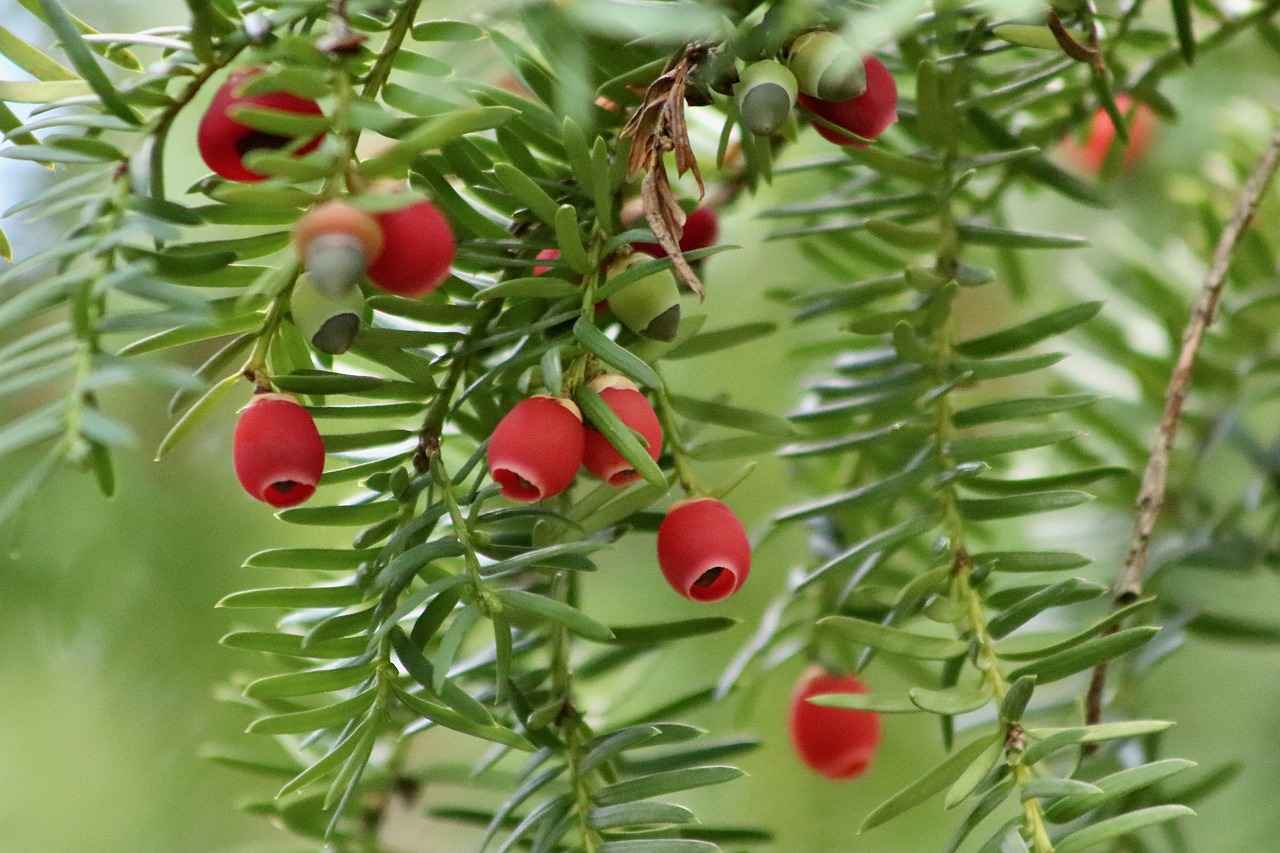
What is the Best Way to Store Chia Seeds?
Proper storage is key to prolonging the shelf life of chia seeds. These tiny superfoods are packed with nutrients, but if not stored correctly, they can lose their quality over time. Here are the most effective methods to keep them fresh and ensure you get the most out of their health benefits.
Chia seeds have a long shelf life, lasting up to several years when stored properly. However, exposure to air, moisture, and light can lead to spoilage. By following effective storage practices, you can maintain their nutritional value and prevent any health risks associated with consuming spoiled seeds.
- Cool and Dark Environment: Store chia seeds in a cool, dark place, such as a pantry or cupboard. Avoid areas near the stove or other heat sources, as high temperatures can accelerate spoilage.
- Avoid Humidity: Moisture is a significant factor in the degradation of chia seeds. Ensure the storage area is dry, as humidity can lead to mold growth.
One of the best ways to keep chia seeds fresh is by using airtight containers. These containers help to:
- Prevent Air Exposure: Air can cause chia seeds to oxidize, leading to rancidity.
- Block Moisture: Airtight seals keep moisture out, which is essential for maintaining the seeds’ integrity.
Opt for glass jars or vacuum-sealed bags for optimal results. These materials not only keep the seeds fresh but also help you avoid harmful chemicals found in some plastics.
Yes, you can refrigerate or freeze chia seeds to extend their shelf life even further. Refrigeration slows down the growth of bacteria and helps maintain freshness, while freezing can preserve the seeds for several years.
- Refrigeration: Store chia seeds in an airtight container in the fridge for up to two years.
- Freezing: For long-term storage, place chia seeds in a freezer-safe bag or container. They can last indefinitely in the freezer.
Even with proper storage, it’s essential to regularly check the seeds for freshness. Here are some signs to look for:
- Smell: Fresh chia seeds should have a mild, nutty aroma. A rancid smell indicates spoilage.
- Appearance: Look for uniform color and texture. Discoloration or clumping can be a sign of moisture exposure.
- Taste: A bitter or off flavor is a clear indication that the seeds have gone bad.
To ensure the longevity of your chia seeds, consider the following best practices:
- Buy in Small Quantities: Unless you frequently use chia seeds, it’s best to buy smaller amounts to avoid having them sit for too long.
- Label Containers: If you store seeds in different containers, label them with the purchase date to keep track of freshness.
- Keep Away from Strong Odors: Chia seeds can absorb odors from their environment, so store them away from spices or strong-smelling foods.
By following these guidelines, you can enjoy the full benefits of chia seeds while ensuring they remain fresh and nutritious. Remember, proper storage is not just about longevity; it’s about preserving the health benefits that make chia seeds a superfood.
Optimal Storage Conditions
When it comes to storing chia seeds, understanding the optimal conditions is essential for maintaining their freshness and nutritional value. Chia seeds are known for their long shelf life, but improper storage can lead to spoilage and a loss of beneficial properties. Here, we will delve into the best practices for storing chia seeds to ensure they remain fresh and healthy for consumption.
Chia seeds are rich in omega-3 fatty acids, fiber, and various essential nutrients. However, exposure to unfavorable conditions can compromise their quality. By following proper storage techniques, you can significantly extend their shelf life and preserve their nutritional benefits.
One of the most important factors in extending the freshness of chia seeds is to store them in a cool and dark environment. Heat and light can accelerate the degradation of the seeds, leading to rancidity and loss of flavor. Ideally, a temperature below 70°F (21°C) is recommended. A pantry or cupboard away from heat sources is perfect for this purpose.
Chia seeds are sensitive to environmental conditions. Exposure to direct sunlight can lead to oxidation, while heat can cause the oils within the seeds to become rancid. To maintain their quality, keep chia seeds in opaque containers that block light, and store them away from ovens, stoves, and other heat-producing appliances.
Utilizing airtight containers is crucial for preventing moisture and air from entering and degrading the chia seeds. Glass jars, vacuum-sealed bags, or high-quality plastic containers with tight seals are excellent choices. These containers help keep the seeds dry and protect them from external odors that could affect their flavor.
For those who purchase chia seeds in bulk or want to ensure maximum freshness, refrigeration or freezing is a viable option. Storing chia seeds in the refrigerator can extend their shelf life even further. If you choose to freeze them, ensure they are in a well-sealed container to prevent freezer burn. This method can keep chia seeds fresh for several years.
Before incorporating chia seeds into your diet, it’s important to check for freshness. Look for signs such as:
- Smell: Fresh chia seeds should have a neutral, nutty aroma. A rancid smell indicates spoilage.
- Appearance: The seeds should be uniformly colored and free from any mold or discoloration.
- Taste: A bitter or off taste is a clear sign that the seeds have gone bad.
By following these storage tips, you can ensure that your chia seeds remain fresh and nutritious for a long time. Remember, the key is to keep them in a cool, dark place, use airtight containers, and check for freshness before consumption. With proper care, you can enjoy the numerous health benefits that chia seeds offer.
Using Airtight Containers
When it comes to preserving the quality and longevity of chia seeds, is essential. These seeds are packed with nutrients, but they can easily degrade if not stored properly. In this section, we will delve into why airtight containers are crucial for chia seed storage and explore the best options available.
Airtight containers are designed to keep out moisture and air, two primary factors that can lead to the spoilage of chia seeds. When exposed to air, chia seeds can oxidize, which diminishes their nutritional value and can result in a rancid taste. Similarly, moisture can promote the growth of mold and bacteria, which can render the seeds unsafe for consumption.
- Glass Jars: Glass jars are a popular choice for storing chia seeds. They are non-reactive, meaning they won’t leach chemicals into the seeds. Additionally, they provide a tight seal that helps maintain freshness.
- Vacuum-Sealed Bags: For those who buy chia seeds in bulk, vacuum-sealed bags are an excellent option. By removing air from the packaging, these bags minimize the risk of oxidation and moisture exposure.
- Plastic Containers: While plastic containers can be convenient, it’s essential to choose high-quality, BPA-free options. Ensure that these containers have a secure lid to prevent air from entering.
To maximize the effectiveness of your airtight containers, consider the following tips:
1. Ensure that the container is completely dry before adding chia seeds.2. Fill the container with seeds, leaving minimal air space.3. Store the container in a cool, dark place away from direct sunlight and heat sources.4. Label the container with the purchase date to keep track of freshness.
Reusable airtight bags can also be a sustainable and effective option for storing chia seeds. Look for bags made from durable materials that offer a good seal. These bags are particularly useful for those who prefer to buy smaller quantities or want to take chia seeds on the go.
Over time, even the best airtight containers can wear out. Here are some signs that it might be time to replace your container:
- Cracks or Damage: Any visible cracks can compromise the seal, allowing air and moisture to enter.
- Worn Seals: If the lid no longer fits tightly or the seal is damaged, it’s time for a new container.
- Odor Retention: If your container retains smells from previous contents, it may affect the chia seeds.
In conclusion, using airtight containers is a simple yet effective way to keep your chia seeds fresh and nutritious. By selecting the right storage option and following best practices, you can enjoy the numerous health benefits of chia seeds for an extended period. Whether you opt for glass jars, vacuum-sealed bags, or high-quality plastic containers, ensuring a proper seal will protect your seeds from the detrimental effects of air and moisture.
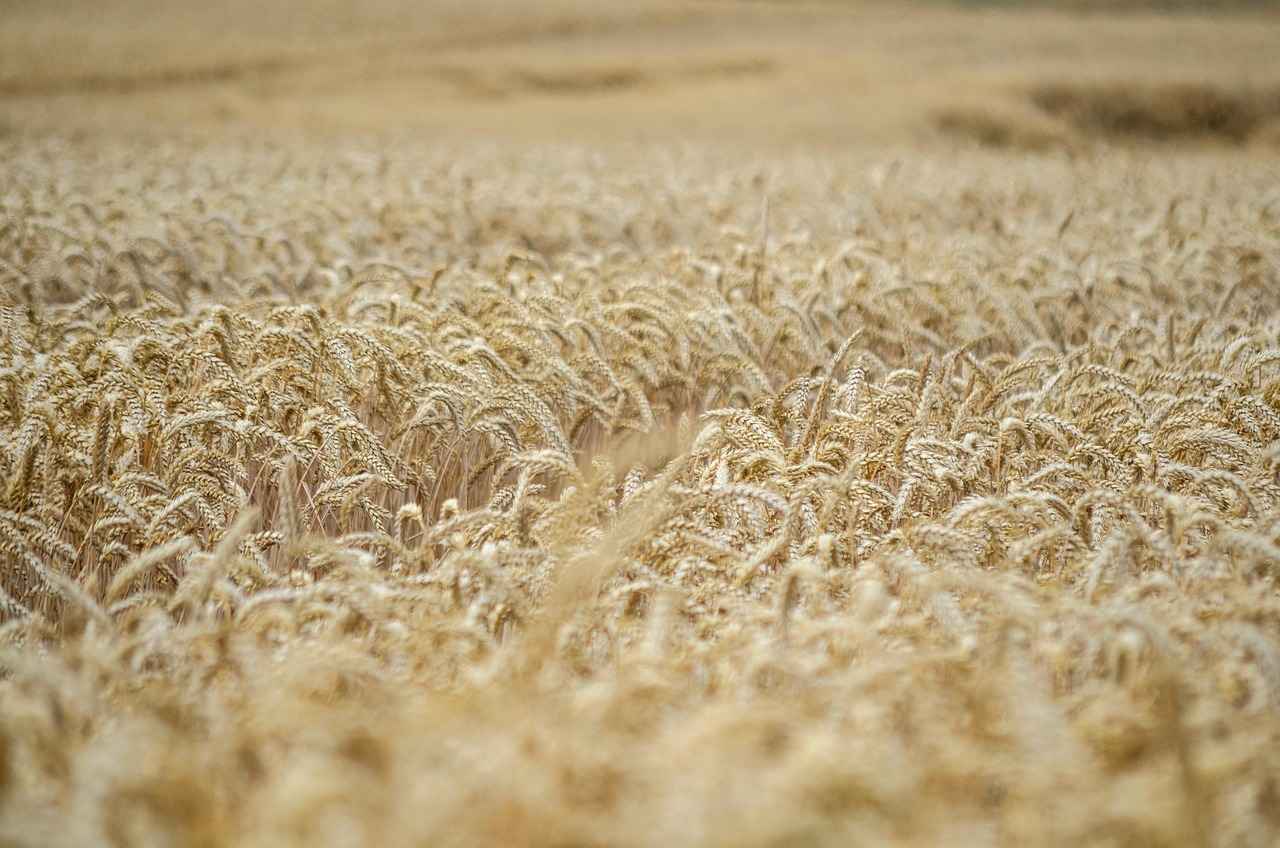
Can Chia Seeds Be Refrigerated or Frozen?
Chia seeds are a popular superfood, known for their impressive nutritional profile and versatility in various dishes. However, many people wonder about the best ways to store them, especially when purchasing in bulk. Proper storage is essential to maintain their freshness and extend their shelf life. One effective method is refrigeration or freezing.
Why Refrigerate or Freeze Chia Seeds?
Refrigeration and freezing are viable options for storing chia seeds, particularly if you buy them in larger quantities. These methods help to protect the seeds from heat and light, which can lead to spoilage. By keeping chia seeds in a cool environment, you can significantly extend their shelf life, allowing you to enjoy their health benefits for a longer period.
How Long Can Chia Seeds Last in the Fridge?
When stored in the refrigerator, chia seeds can last up to two years if kept in an airtight container. It’s important to ensure that the container is moisture-proof to prevent any potential spoilage. This extended shelf life is particularly beneficial for those who may not use chia seeds frequently but want to keep them on hand for when they do.
Freezing Chia Seeds: Is It a Good Idea?
Freezing chia seeds is another excellent option for long-term storage. When properly sealed in a vacuum bag or airtight container, they can remain fresh for up to three years. This is especially advantageous for individuals who buy in bulk and want to ensure that their seeds remain viable over time.
How to Store Chia Seeds in the Fridge or Freezer?
- Choose the Right Container: Use glass jars or vacuum-sealed bags to minimize air exposure.
- Label and Date: Always label your containers with the date of storage to keep track of freshness.
- Keep Them Dry: Ensure that chia seeds are completely dry before placing them in the fridge or freezer to prevent clumping or spoilage.
Can You Use Chia Seeds After Freezing?
Yes, you can use chia seeds after they have been frozen. Once thawed, they retain their nutritional value and can be used in various recipes, such as smoothies, puddings, or baked goods. Just remember to check for any signs of spoilage before using them.
Best Practices for Maintaining Freshness
To ensure that your chia seeds stay fresh, consider the following tips:
- Avoid Frequent Temperature Changes: Try to minimize the number of times you take the seeds in and out of the fridge or freezer, as temperature fluctuations can affect their quality.
- Keep Away from Strong Odors: Store chia seeds away from foods with strong odors, as they can absorb these smells.
- Regularly Check for Spoilage: Periodically inspect your stored chia seeds for any signs of spoilage, such as changes in smell or appearance.
In conclusion, refrigeration and freezing are excellent methods for storing chia seeds, particularly for those who buy in bulk. These practices not only extend their shelf life but also help maintain their nutritional quality. By following proper storage techniques, you can enjoy the numerous health benefits of chia seeds without worrying about spoilage.
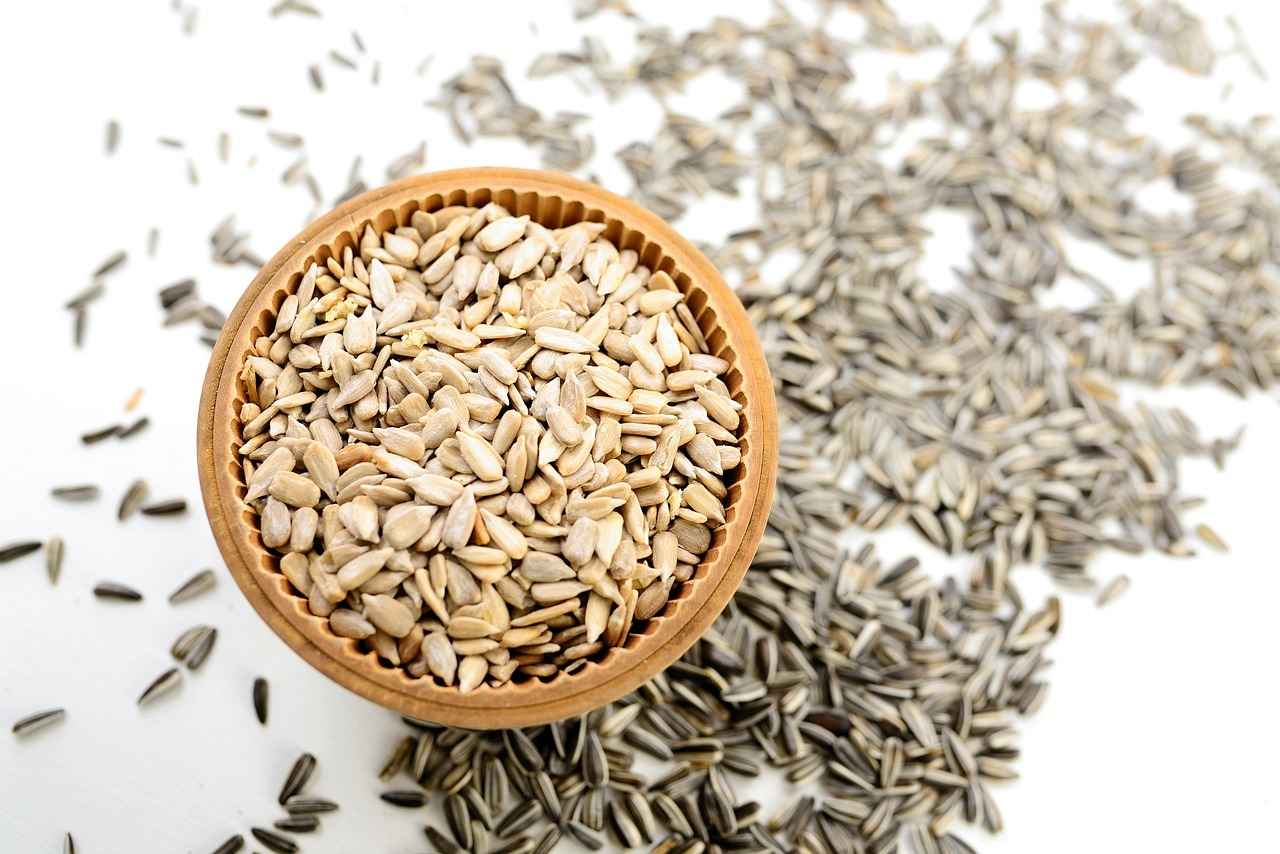
How to Incorporate Fresh Chia Seeds into Your Diet?
Chia seeds are a nutritional powerhouse, packed with essential nutrients that can enhance your overall health. Incorporating fresh chia seeds into your meals is a simple yet effective way to boost your nutritional intake. Here are some creative and delicious methods to add chia seeds to your diet.
- Chia Seed Pudding: One of the most popular ways to enjoy chia seeds is by making a chia seed pudding. Combine chia seeds with your choice of milk (dairy or plant-based) and let it sit overnight. Add sweeteners like honey or maple syrup, and top with fruits, nuts, or granola for a nutritious breakfast or dessert.
- In Smoothies: Adding chia seeds to smoothies is an effortless way to enhance their nutritional value. Just blend a tablespoon of chia seeds with your favorite fruits, vegetables, and liquids. They will not alter the flavor but will add a boost of fiber and omega-3 fatty acids.
- As a Topping: Sprinkle chia seeds on salads, yogurt, or oatmeal. This not only adds a crunchy texture but also enriches your meals with additional nutrients.
- Baking: Incorporate chia seeds into your baking recipes. They can be added to muffins, bread, or pancakes. You can even replace eggs in recipes by mixing chia seeds with water to create a gel-like consistency.
- Chia Seed Gel: Make a chia gel by mixing chia seeds with water (1:6 ratio) and letting it sit for about 30 minutes. This gel can be used as a thickening agent in soups, sauces, or smoothies.
Chia seeds are not just versatile; they are also incredibly beneficial for your health. They are rich in omega-3 fatty acids, which support heart health, and are an excellent source of fiber, promoting digestive health. Additionally, they contain a good amount of protein, making them a great addition to vegetarian and vegan diets.
Yes! The high fiber content in chia seeds can help you feel fuller for longer, which may assist in weight management. When consumed, chia seeds absorb water and expand in your stomach, leading to increased satiety and reduced appetite.
While chia seeds are generally safe for most people, it’s important to consume them in moderation. Start with small amounts, especially if you are not used to high-fiber foods, to avoid digestive discomfort. Additionally, make sure to drink plenty of water, as chia seeds can absorb significant amounts of liquid.
To ensure you get the most out of your chia seeds, store them in an airtight container in a cool, dark place. This will help maintain their freshness and prevent spoilage. You can also refrigerate or freeze them for extended shelf life.
By incorporating fresh chia seeds into your daily meals, you can significantly enhance your nutritional intake while enjoying their versatile flavors and textures. Experiment with different recipes and find the best ways to integrate them into your diet!
Chia Seed Pudding Recipes
Chia seed pudding is not only a popular dessert choice but also a nutritious one. This delightful dish has gained traction in health circles due to its simplicity and versatility. By mixing chia seeds with milk or plant-based alternatives, you can create a delicious, healthy dessert that is both satisfying and beneficial for your body.
Chia seeds are packed with nutrients, making them a fantastic addition to your diet. They are rich in omega-3 fatty acids, fiber, and protein. These seeds can absorb liquid and expand, resulting in a creamy texture that is perfect for puddings. Here are some compelling reasons to consider chia seed pudding:
- Easy to Make: Just mix chia seeds with your choice of liquid and let them sit!
- Customizable: You can add various flavors, fruits, and toppings to suit your taste.
- Health Benefits: Supports digestive health and provides a steady source of energy.
Creating your own chia seed pudding is a straightforward process. Here’s a simple recipe to get you started:
Ingredients:- 1/4 cup chia seeds- 1 cup milk (dairy or plant-based)- 1-2 tablespoons sweetener (honey, maple syrup, or agave)- 1/2 teaspoon vanilla extract (optional)Instructions:1. In a bowl, combine chia seeds, milk, sweetener, and vanilla extract.2. Stir well to prevent clumping.3. Let the mixture sit for about 5 minutes, then stir again.4. Cover and refrigerate for at least 2 hours or overnight.5. Serve with your favorite toppings!
Once you have mastered the basic recipe, feel free to experiment with different flavors and ingredients. Here are some popular variations:
- Chocolate Chia Seed Pudding: Add cocoa powder and a bit of sweetener for a rich dessert.
- Fruit-Infused Pudding: Mix in pureed fruits like mango, banana, or berries for added flavor.
- Nut Butter Delight: Stir in almond or peanut butter for a protein boost.
Chia seed pudding can be enjoyed in various ways. Here are some serving ideas:
- Top with fresh fruits, nuts, or granola for added texture.
- Use it as a filling for smoothies or parfaits.
- Serve it in jars for a portable, on-the-go snack.
Incorporating chia seed pudding into your diet offers numerous health benefits. The high fiber content aids in digestion and promotes a feeling of fullness, which can be beneficial for weight management. Additionally, the omega-3 fatty acids contribute to heart health and improved brain function. This makes chia seed pudding not just a tasty treat but a smart choice for your overall well-being.
In conclusion, chia seed pudding is a delicious and nutritious option that can easily be customized to fit your taste preferences. Whether you enjoy it as a breakfast, snack, or dessert, this versatile dish is sure to satisfy your cravings while providing essential nutrients.
Adding Chia Seeds to Smoothies
Adding chia seeds to your smoothies is a fantastic way to enhance their nutritional profile without compromising on taste. These tiny seeds are a powerhouse of nutrients, making them an excellent addition to any smoothie recipe. Not only do they provide essential vitamins and minerals, but they also deliver a significant boost of fiber, omega-3 fatty acids, and protein. This article will delve into how to effectively incorporate chia seeds into your smoothies and the benefits they offer.
Chia seeds are incredibly versatile and can seamlessly blend into any smoothie. Their mild, nutty flavor is hardly noticeable, allowing the other ingredients to shine. Here are some compelling reasons to include them:
- Nutrient Density: Chia seeds are loaded with essential nutrients. Just a tablespoon contains about 58 calories, 5 grams of fiber, and 2 grams of protein.
- Hydration: When soaked in liquid, chia seeds absorb up to 10-12 times their weight, creating a gel-like consistency that can help keep you hydrated.
- Satiety: The high fiber content aids in keeping you full longer, which can be beneficial for weight management.
Incorporating chia seeds into your smoothies is simple. Here are some effective methods:
- Soak Before Blending: For a smoother texture, soak chia seeds in water or your choice of milk for about 10-15 minutes before adding them to your smoothie. This allows them to expand and blend more easily.
- Add Directly: If you’re short on time, you can add dry chia seeds directly into your smoothie. Just be aware that they will absorb some liquid, so you may want to increase the overall liquid content.
- Combine with Other Ingredients: Chia seeds pair well with a variety of fruits and vegetables. Consider blending them with bananas, spinach, or berries for a nutrient-rich smoothie.
Including chia seeds in your smoothies offers numerous health benefits:
- Heart Health: The omega-3 fatty acids found in chia seeds are known to promote heart health by reducing inflammation and lowering cholesterol levels.
- Digestive Health: The fiber in chia seeds aids digestion and helps maintain regular bowel movements.
- Weight Management: The combination of protein and fiber can help you feel fuller for longer, which may assist in controlling appetite.
Here are a few delicious smoothie recipes that highlight chia seeds:
- Berry Chia Smoothie: Blend a cup of mixed berries, a banana, a tablespoon of chia seeds, and a cup of almond milk for a refreshing drink.
- Green Chia Smoothie: Combine spinach, half an avocado, a tablespoon of chia seeds, and coconut water for a nutrient-packed green smoothie.
- Chocolate Chia Smoothie: Mix a banana, a tablespoon of cocoa powder, a tablespoon of chia seeds, and a cup of milk for a delicious treat.
In summary, adding chia seeds to your smoothies is an easy and effective way to boost their nutritional value. With their myriad of health benefits and versatility, chia seeds can transform a simple smoothie into a superfood powerhouse. So go ahead, experiment with different recipes and enjoy the health benefits that these tiny seeds have to offer!
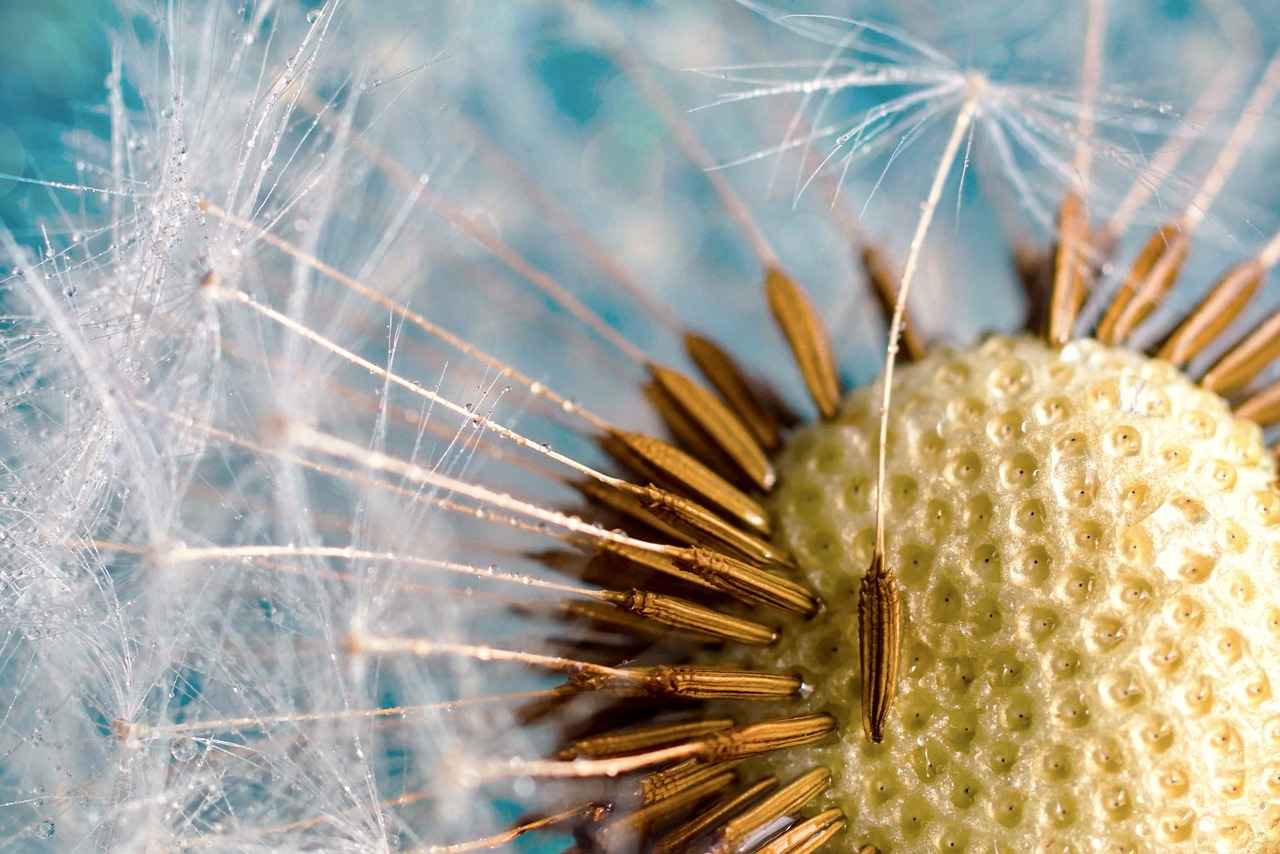
Are There Any Health Risks Associated with Old Chia Seeds?
Chia seeds are celebrated for their numerous health benefits and versatility in various dishes. However, as with any food product, using old chia seeds can pose health risks, particularly concerning digestive issues. Understanding these risks is essential for safe consumption and ensuring that you reap the full benefits of these tiny superfoods.
When chia seeds age, their quality can deteriorate, leading to potential health hazards. The primary concern with old chia seeds is their rancidity. Rancid seeds can develop off-flavors and odors that indicate spoilage. Consuming these seeds may lead to digestive discomfort, including bloating and gas.
As chia seeds age, they undergo chemical changes that affect their taste and nutritional value. The healthy oils in chia seeds can oxidize, resulting in rancid oil that not only tastes unpleasant but can also cause gastrointestinal issues. It’s crucial to recognize the signs of spoilage to avoid these risks.
- Unpleasant Odor: Fresh chia seeds have a mild, nutty aroma. A strong, rancid smell indicates spoilage.
- Changes in Appearance: Look for discoloration or clumping. Fresh seeds should be uniform in color and texture.
- Presence of Mold: Any signs of mold growth are a clear indication that the seeds should be discarded immediately.
To minimize the risk of spoilage, proper storage is essential. Here are some effective methods:
- Airtight Containers: Store chia seeds in airtight glass jars or vacuum-sealed bags to prevent exposure to air and moisture.
- Cool, Dark Places: Keep them in a cool, dark pantry away from direct sunlight and heat sources.
- Refrigeration: If you buy in bulk, consider refrigerating chia seeds to extend their shelf life further.
Individuals with sensitive stomachs or pre-existing digestive conditions may be particularly vulnerable to the adverse effects of consuming old chia seeds. Symptoms can range from mild discomfort to more severe gastrointestinal issues. It’s always best to err on the side of caution and check for freshness before consumption.
Incorporating fresh chia seeds into your meals can enhance your nutritional intake while avoiding the risks associated with old seeds. Here are some safe and delicious ways to enjoy them:
- Chia Seed Pudding: Mix fresh chia seeds with milk or plant-based alternatives for a nutritious dessert.
- Smoothies: Add them to your favorite smoothies for an added nutrient boost without altering the flavor.
- Baking: Use chia seeds in baked goods like muffins or bread for a healthy twist.
In conclusion, while chia seeds are a powerhouse of nutrients, it is vital to ensure they are fresh to avoid any health risks. By understanding the signs of spoilage and implementing proper storage techniques, you can safely enjoy the myriad benefits that fresh chia seeds offer.
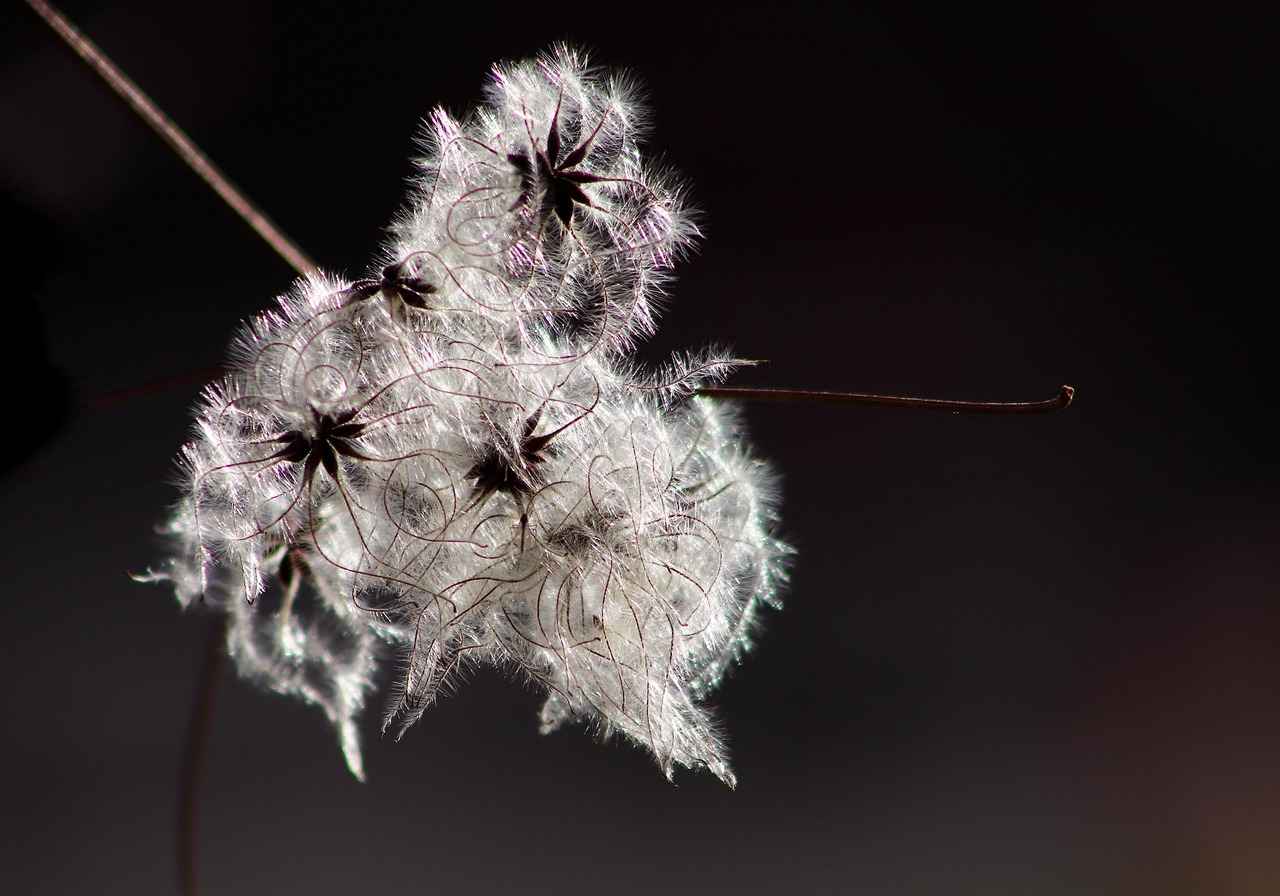
What Nutritional Benefits Do Fresh Chia Seeds Offer?
Chia seeds, often hailed as a superfood, offer a remarkable array of nutritional benefits that can enhance overall health. These tiny seeds are not just a trendy addition to smoothies and salads; they are a powerhouse of essential nutrients that can support various bodily functions. Below, we delve into the specific benefits that fresh chia seeds provide, making them a valuable component of a balanced diet.
Fresh chia seeds are incredibly nutrient-dense, offering a wealth of health advantages:
- High in Omega-3 Fatty Acids: Chia seeds are one of the richest plant sources of omega-3 fatty acids, particularly alpha-linolenic acid (ALA). These fatty acids are crucial for heart health, helping to lower cholesterol levels and reduce inflammation throughout the body.
- Excellent Source of Fiber: With approximately 11 grams of fiber per ounce, chia seeds can significantly contribute to daily fiber intake. This high fiber content promotes digestive health by aiding in regular bowel movements and preventing constipation.
- Rich in Protein: Chia seeds contain about 4 grams of protein per ounce, making them an excellent plant-based protein source for vegetarians and vegans. Protein is essential for muscle repair, immune function, and overall body maintenance.
- Loaded with Antioxidants: Chia seeds are rich in antioxidants, which help combat oxidative stress and inflammation in the body. These antioxidants can protect against chronic diseases and promote skin health.
- Mineral Powerhouse: Chia seeds are packed with vital minerals such as calcium, magnesium, and phosphorus. These minerals are essential for bone health, muscle function, and energy production.
The omega-3 fatty acids found in chia seeds are known for their numerous health benefits:
- Heart Health: Omega-3s can help reduce the risk of heart disease by lowering triglycerides, decreasing blood pressure, and preventing blood clots.
- Brain Function: Regular intake of omega-3 fatty acids is linked to improved cognitive function and may reduce the risk of neurodegenerative diseases.
The high fiber content in chia seeds plays a significant role in maintaining digestive health:
- Promotes Regularity: Fiber adds bulk to the stool and facilitates regular bowel movements, helping to prevent constipation.
- Aids in Weight Management: High-fiber foods are more filling, which can help control appetite and reduce overall calorie intake.
Incorporating chia seeds into your meals is simple and versatile:
- Chia Pudding: Mix chia seeds with milk or a dairy-free alternative and let them sit overnight to create a delicious pudding.
- Smoothies: Add a tablespoon of chia seeds to your favorite smoothie for an extra nutrient boost without changing the flavor.
- Salads and Baked Goods: Sprinkle chia seeds on salads or incorporate them into muffins and bread for added texture and nutrition.
In summary, fresh chia seeds are a nutrient-rich addition to any diet, offering a wide range of health benefits. From their high omega-3 content to their impressive fiber and protein levels, chia seeds can enhance your overall well-being. By incorporating these tiny seeds into your meals, you can take a significant step toward a healthier lifestyle.
Health Benefits of Omega-3 Fatty Acids
Omega-3 fatty acids are essential fats that play a crucial role in maintaining overall health. Found abundantly in chia seeds, these fatty acids have garnered significant attention due to their numerous health benefits. In this section, we will delve into how omega-3 fatty acids support heart health and brain function, as well as their contribution to overall well-being.
Regular consumption of omega-3 fatty acids has been linked to improved heart health. These essential fats help reduce inflammation, lower blood pressure, and decrease triglyceride levels. Studies indicate that individuals who consume omega-3-rich foods, such as chia seeds, have a lower risk of heart disease. The most beneficial omega-3s, namely EPA (eicosapentaenoic acid) and DHA (docosahexaenoic acid), are known to:
- Reduce Blood Clots: Omega-3 fatty acids can help prevent the formation of blood clots, which can lead to heart attacks.
- Lower Cholesterol Levels: They may aid in reducing bad cholesterol (LDL) while increasing good cholesterol (HDL).
- Enhance Blood Vessel Function: Omega-3s help improve the flexibility of blood vessels, promoting better circulation.
The brain is composed of nearly 60% fat, and a significant portion of that fat is made up of omega-3 fatty acids. These fats are critical for maintaining cognitive function and overall brain health. Research suggests that omega-3 fatty acids can:
- Enhance Memory: Regular intake of omega-3s is associated with improved memory and cognitive function, particularly in aging populations.
- Support Mental Health: Omega-3s have been shown to reduce symptoms of depression and anxiety, contributing to better mental health.
- Promote Neuroplasticity: These fatty acids support the growth of new brain cells and enhance neuroplasticity, which is essential for learning and memory.
In addition to heart and brain health, omega-3 fatty acids offer a myriad of other health benefits. Regular consumption can lead to:
- Improved Eye Health: Omega-3s play a vital role in maintaining eye health and may reduce the risk of age-related macular degeneration.
- Stronger Immune System: They help modulate the immune response, potentially reducing the risk of chronic diseases.
- Better Joint Health: Omega-3s can help alleviate symptoms of arthritis and improve joint mobility.
Incorporating chia seeds into your diet is a simple and effective way to boost your intake of omega-3 fatty acids. Whether sprinkled on salads, mixed into smoothies, or used in baking, these tiny seeds pack a powerful nutritional punch. By prioritizing omega-3-rich foods, you can significantly enhance your heart and brain health, contributing to a healthier, more vibrant life.
High Fiber Content and Digestive Health
Chia seeds have gained popularity as a superfood, and one of the primary reasons for this is their high fiber content. This remarkable trait not only enhances the nutritional profile of chia seeds but also plays a significant role in promoting overall digestive health. In this section, we will explore how the fiber in chia seeds aids digestion, supports weight management, and contributes to a healthy lifestyle.
The fiber found in chia seeds is predominantly soluble, which means it dissolves in water to form a gel-like substance. This property is crucial for promoting regular bowel movements. When consumed, chia seeds absorb liquid in the digestive tract, expanding and creating bulk. This bulk helps to stimulate peristalsis, the process that moves food through the intestines, thereby aiding in regularity.
In addition to supporting digestion, the high fiber content in chia seeds can be beneficial for those looking to manage their weight. Fiber is known to promote a feeling of fullness, which can reduce overall calorie intake. When chia seeds are consumed, they can absorb up to 10-12 times their weight in water, creating a satisfying gel that occupies space in the stomach. This can lead to decreased hunger and potentially reduce snacking between meals.
Incorporating chia seeds into your diet may also help prevent certain digestive disorders. The soluble fiber in chia seeds can aid in preventing constipation by softening stools and making them easier to pass. Furthermore, a diet rich in fiber has been linked to a lower risk of developing conditions such as diverticulitis and irritable bowel syndrome (IBS).
- Chia Seed Pudding: Mix chia seeds with your choice of milk or a dairy alternative and let them sit overnight. This creates a delicious pudding that is both nutritious and filling.
- Smoothies: Add a tablespoon of chia seeds to your favorite smoothie for an extra fiber boost without altering the flavor.
- Baking: Incorporate chia seeds into baked goods like muffins or bread for added texture and nutrition.
While chia seeds are a fantastic source of fiber, it is essential to consume them in moderation. An excessive intake of fiber can lead to digestive discomfort, including bloating and gas. It is advisable to gradually increase fiber intake and ensure adequate hydration when consuming chia seeds to mitigate these effects.
The high fiber content in chia seeds presents numerous benefits for digestive health and weight management. By incorporating chia seeds into your diet, you can improve your digestive regularity while also enjoying a feeling of fullness that aids in weight control. As with any dietary change, it’s important to listen to your body and adjust your intake as needed to reap the maximum benefits.
Frequently Asked Questions
- How can I tell if my chia seeds are still good?
Check for any rancid odor or bitter taste, as these are clear signs of spoilage. Fresh chia seeds should have a neutral, nutty aroma and a consistent color.
- What is the best way to store chia seeds?
Store chia seeds in a cool, dark place in airtight containers like glass jars or vacuum-sealed bags to keep them fresh for a longer time.
- Can I freeze chia seeds to extend their shelf life?
Yes! Freezing chia seeds is a great option, especially if you buy in bulk. It helps maintain their freshness and nutritional value.
- What happens if I consume old chia seeds?
Using old chia seeds can lead to digestive issues and other health risks. Always check for signs of spoilage before consuming.
- How can I incorporate chia seeds into my meals?
Chia seeds can be easily added to smoothies, yogurt, or made into delicious puddings. They’re a versatile ingredient to boost your nutrition!
